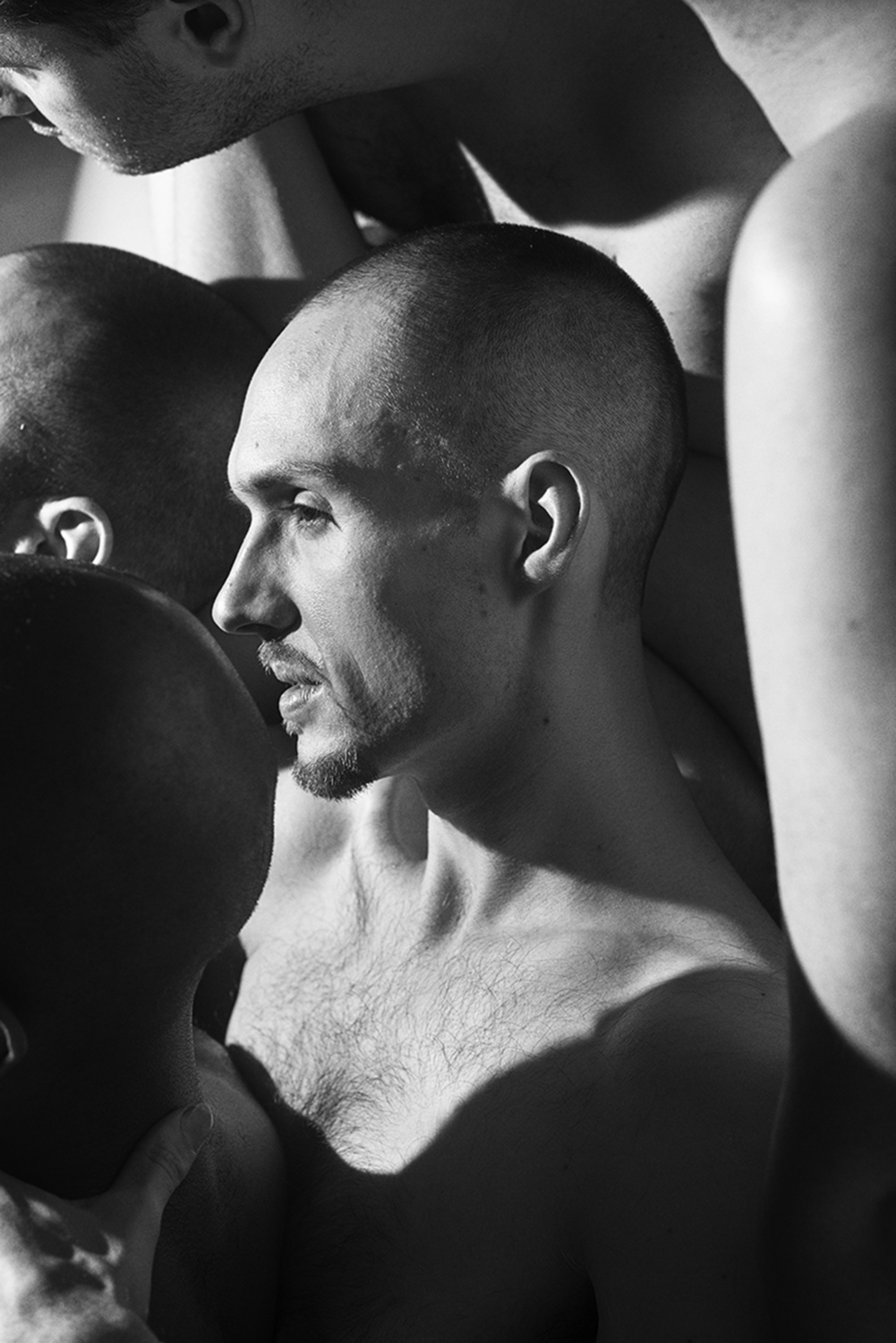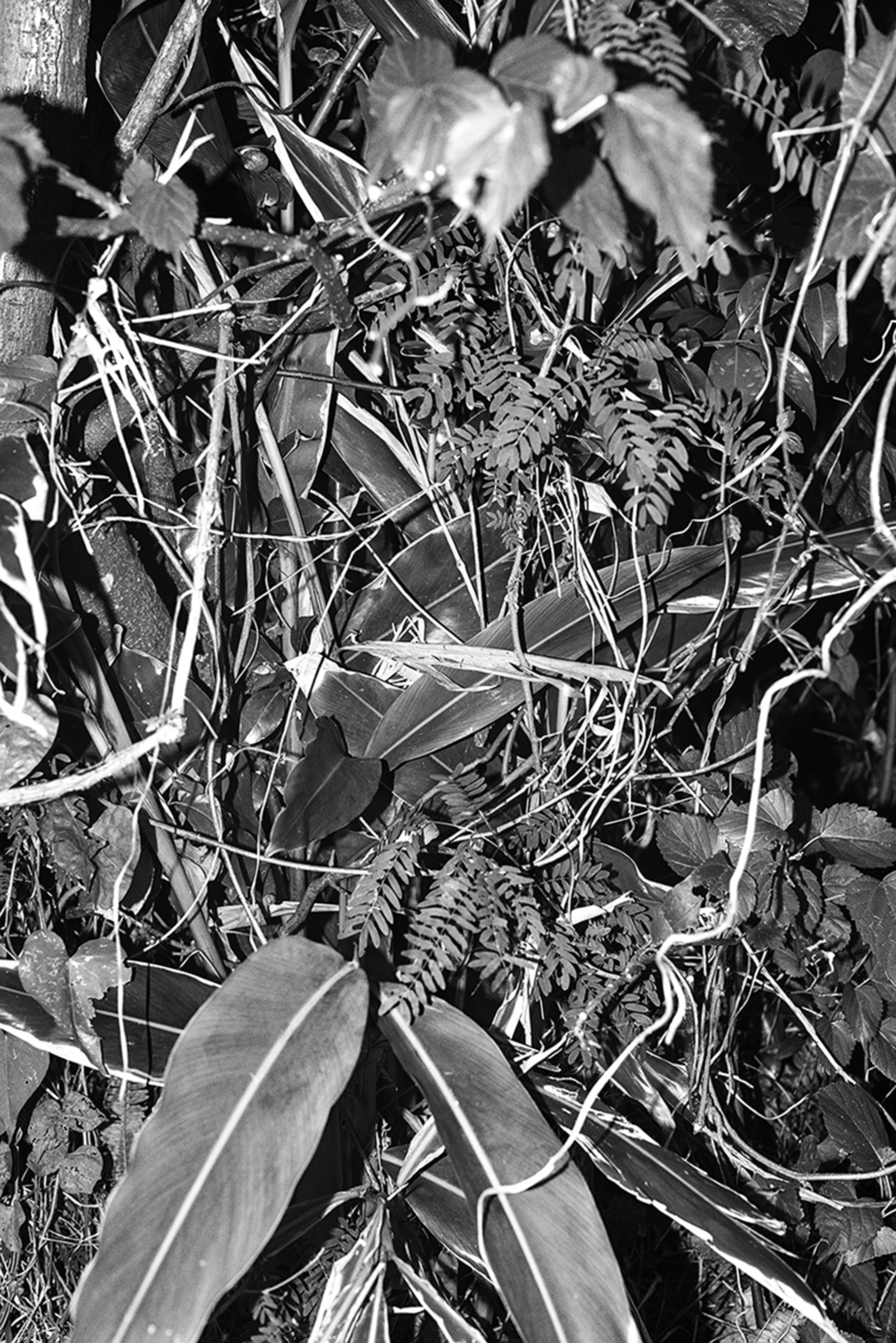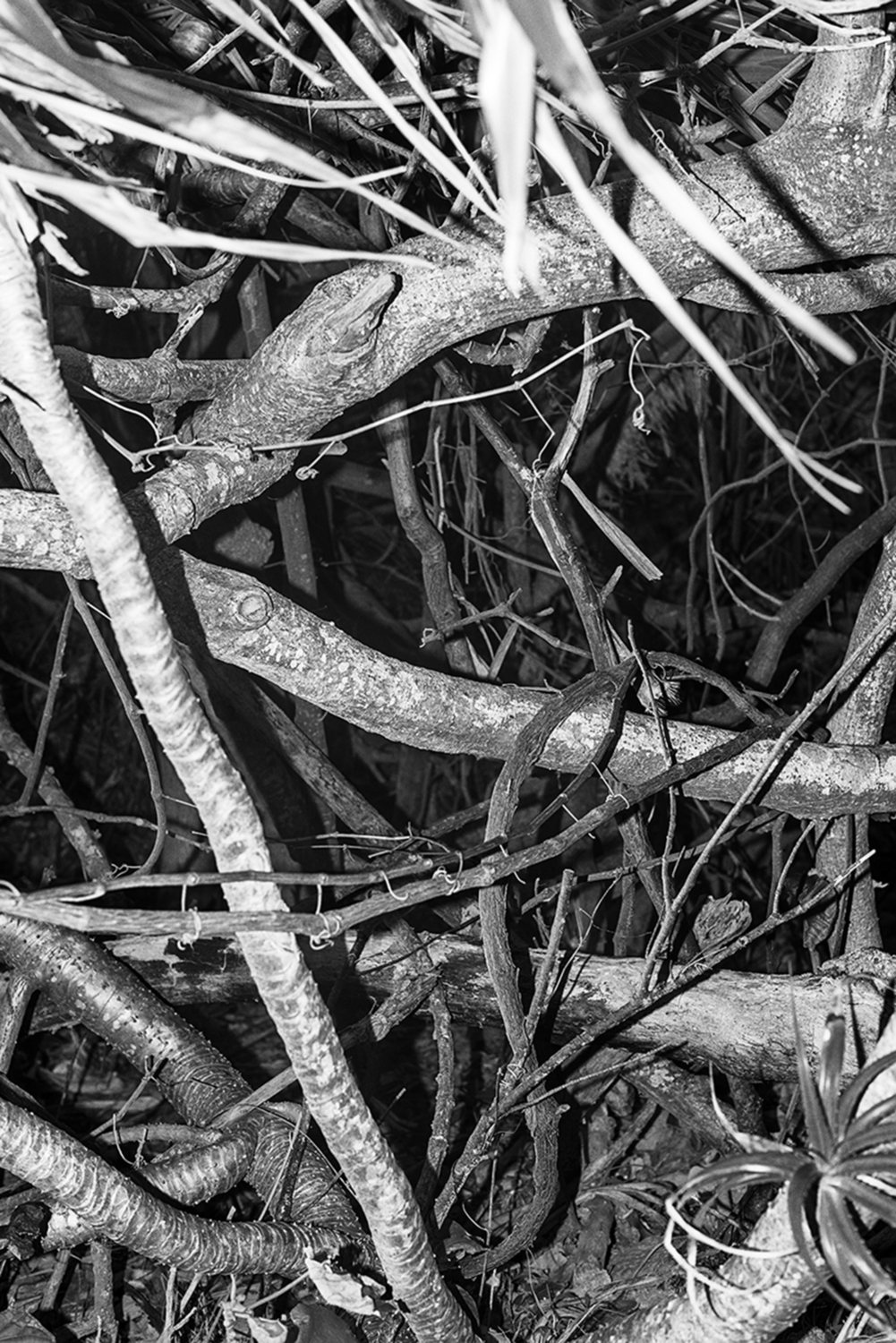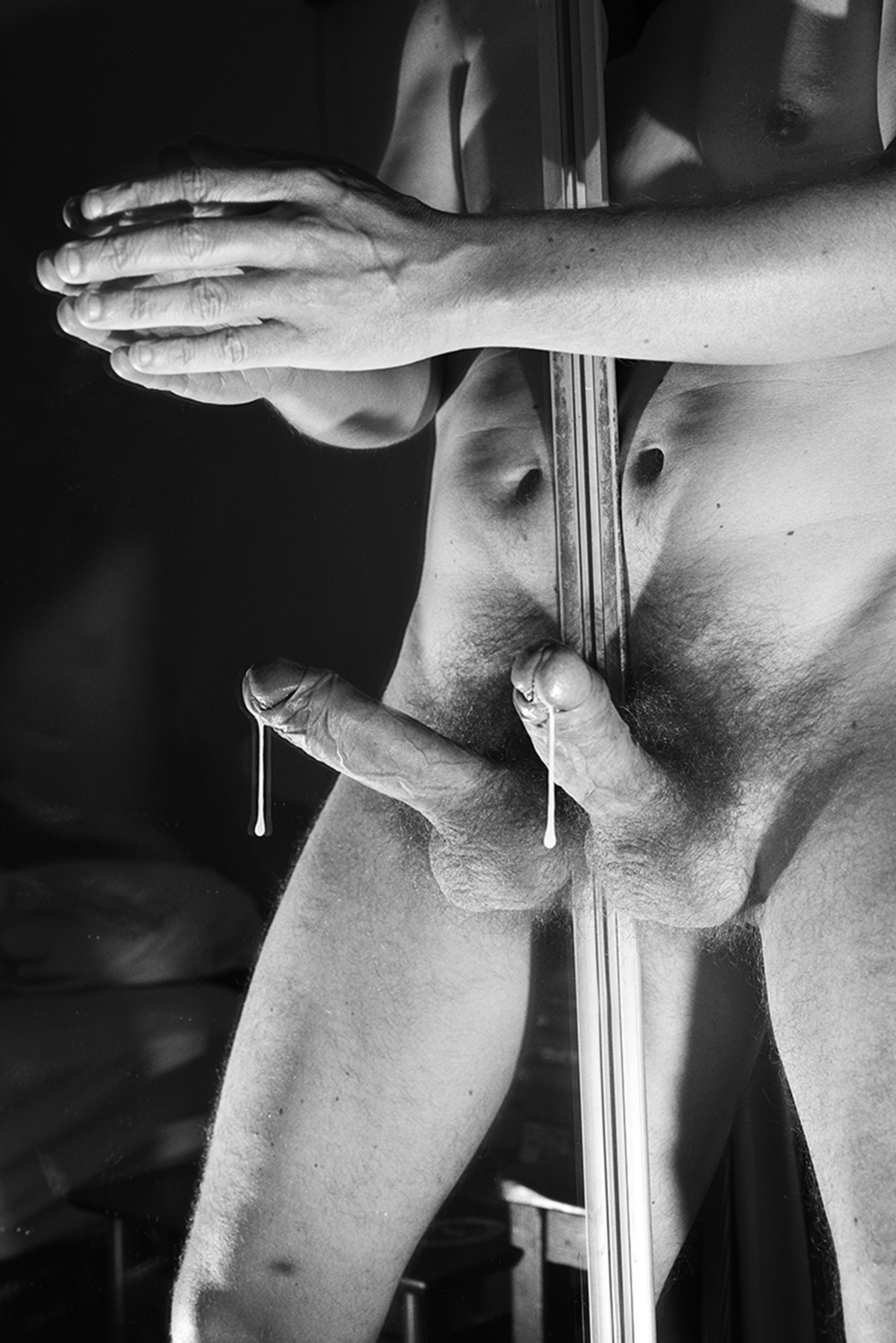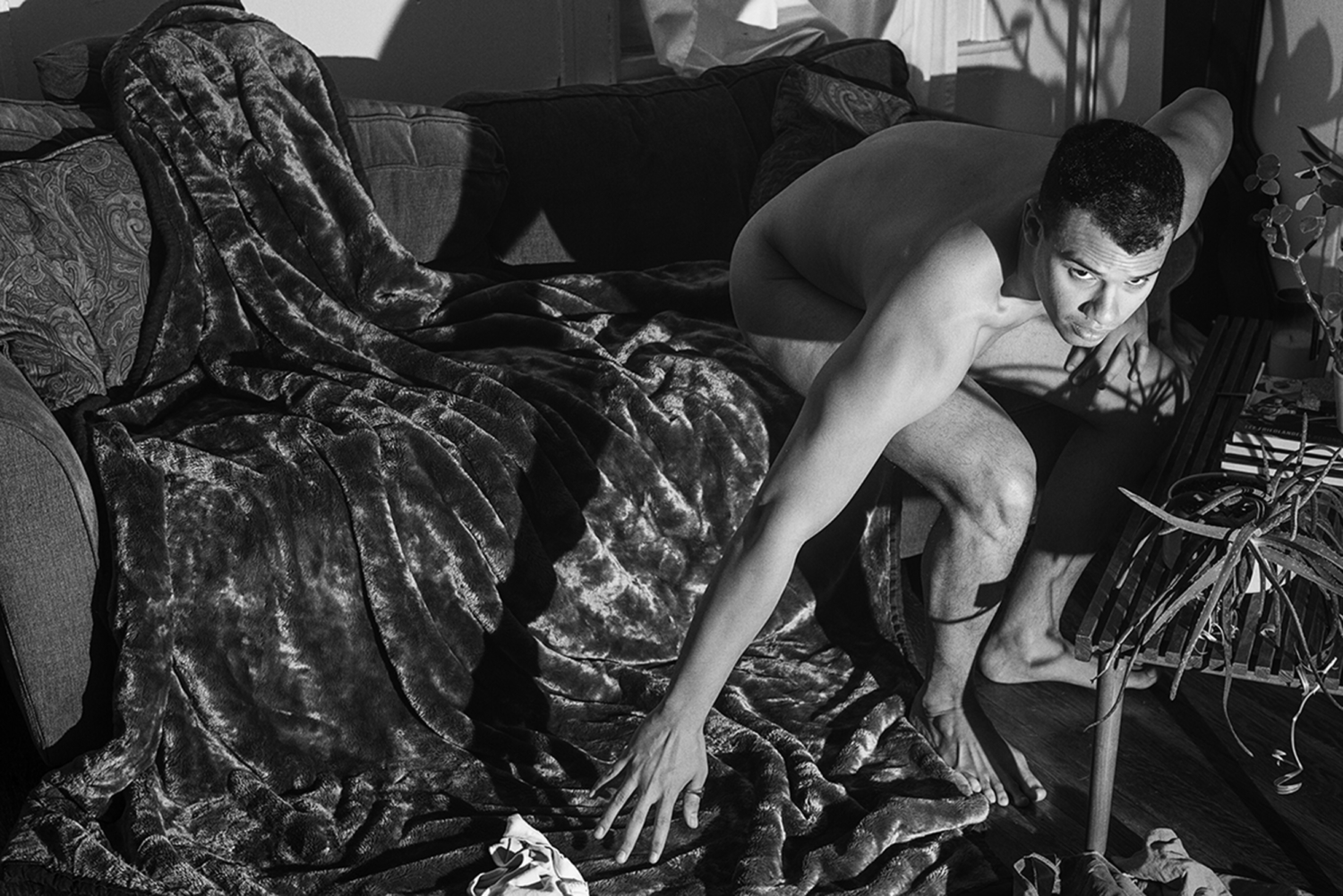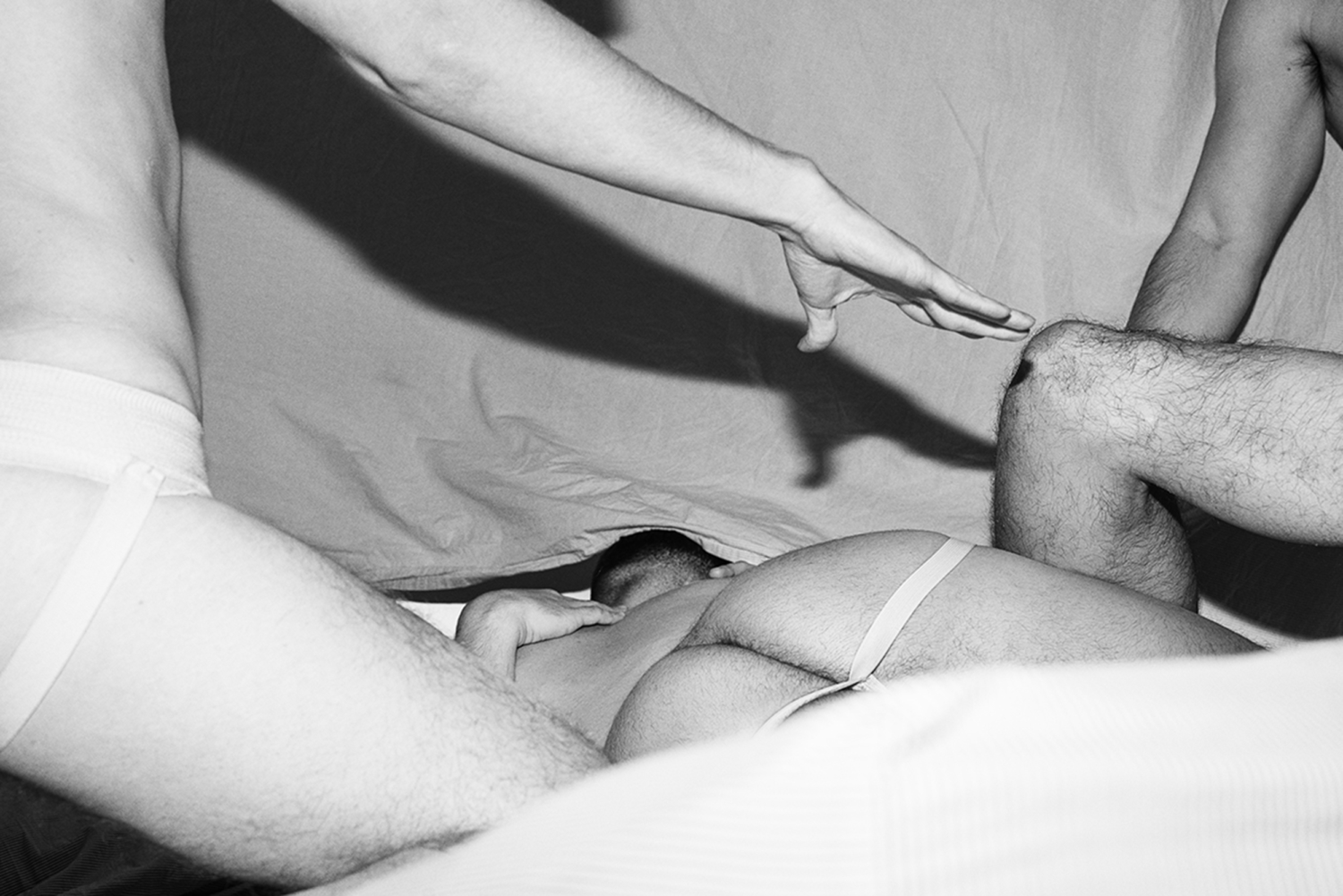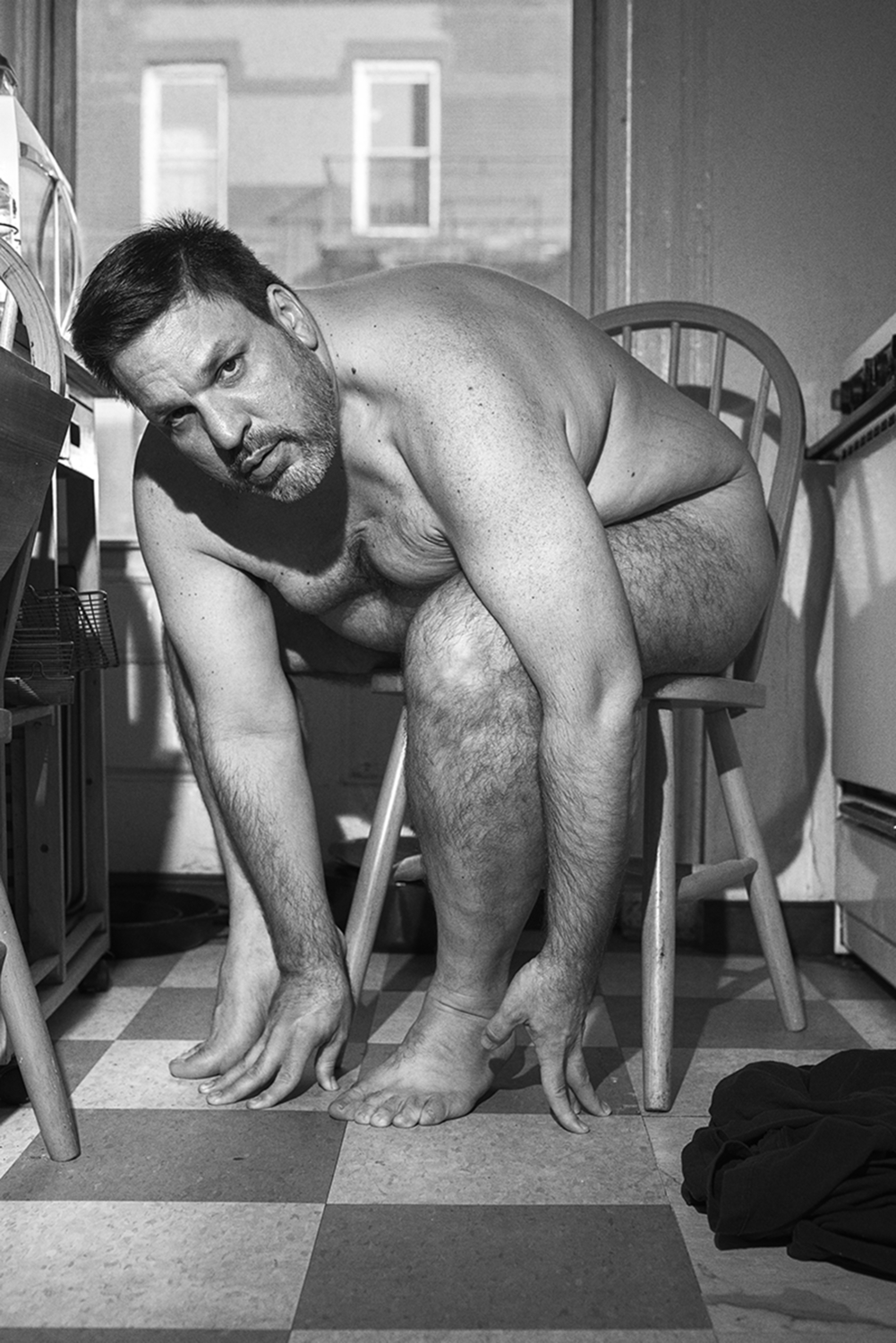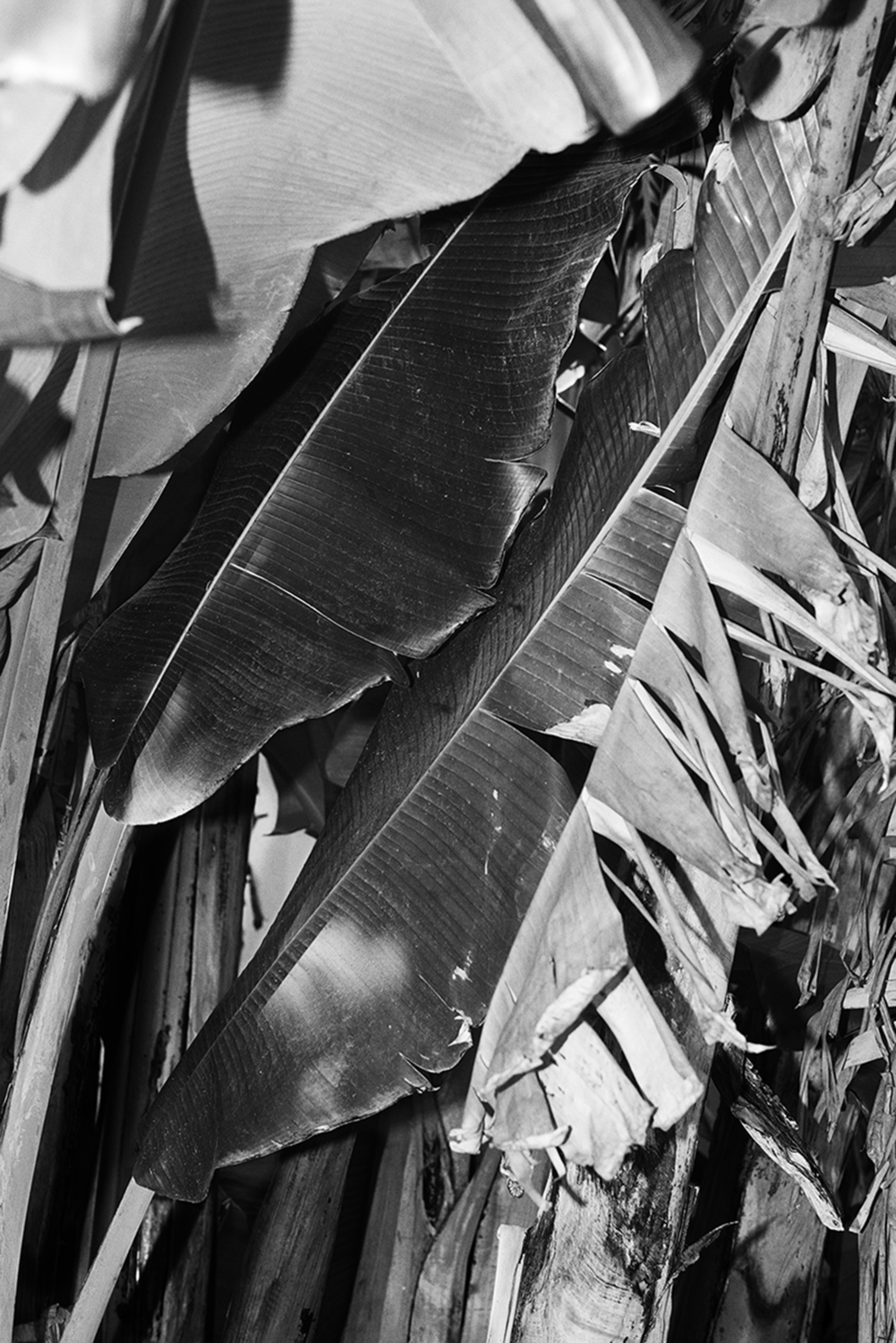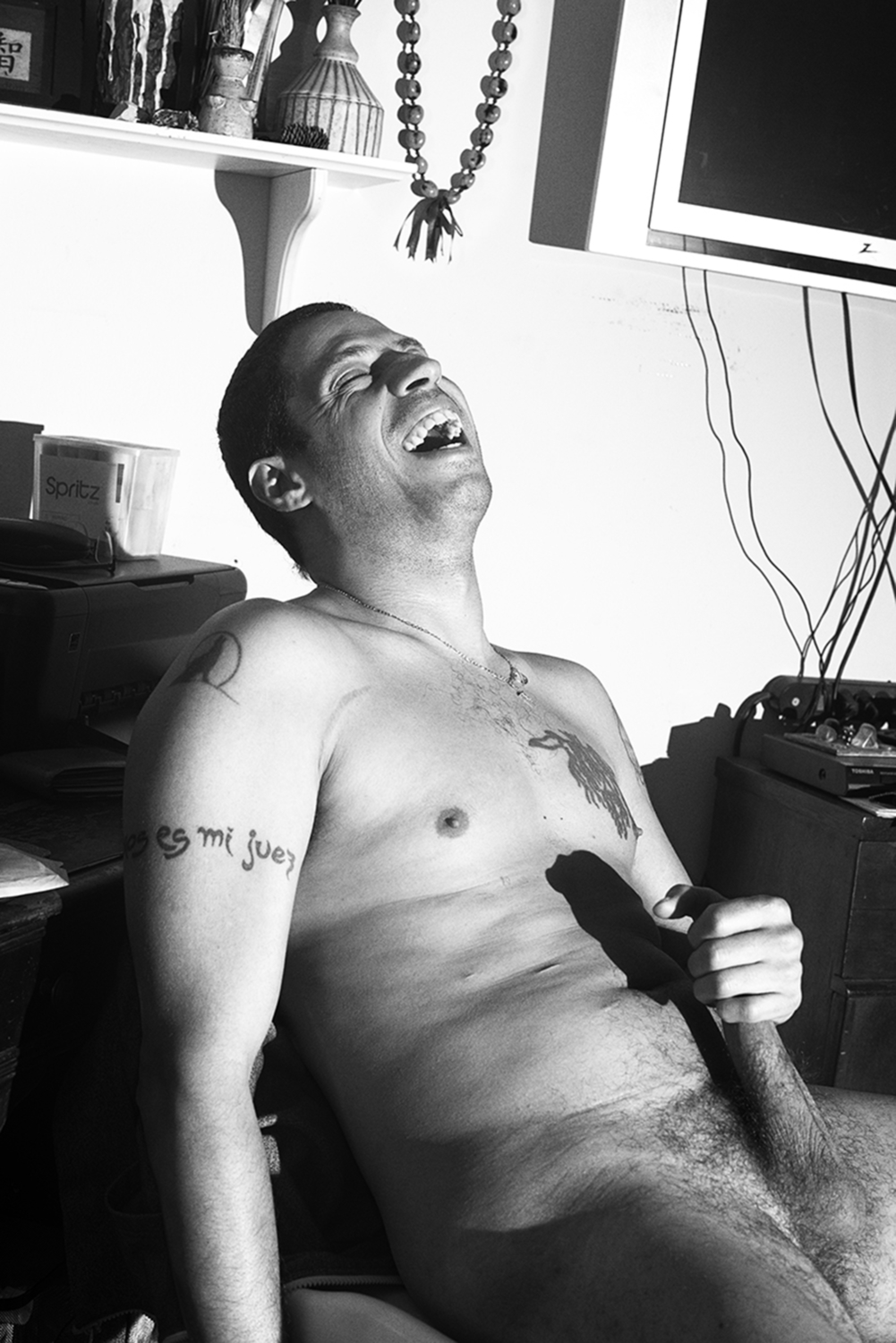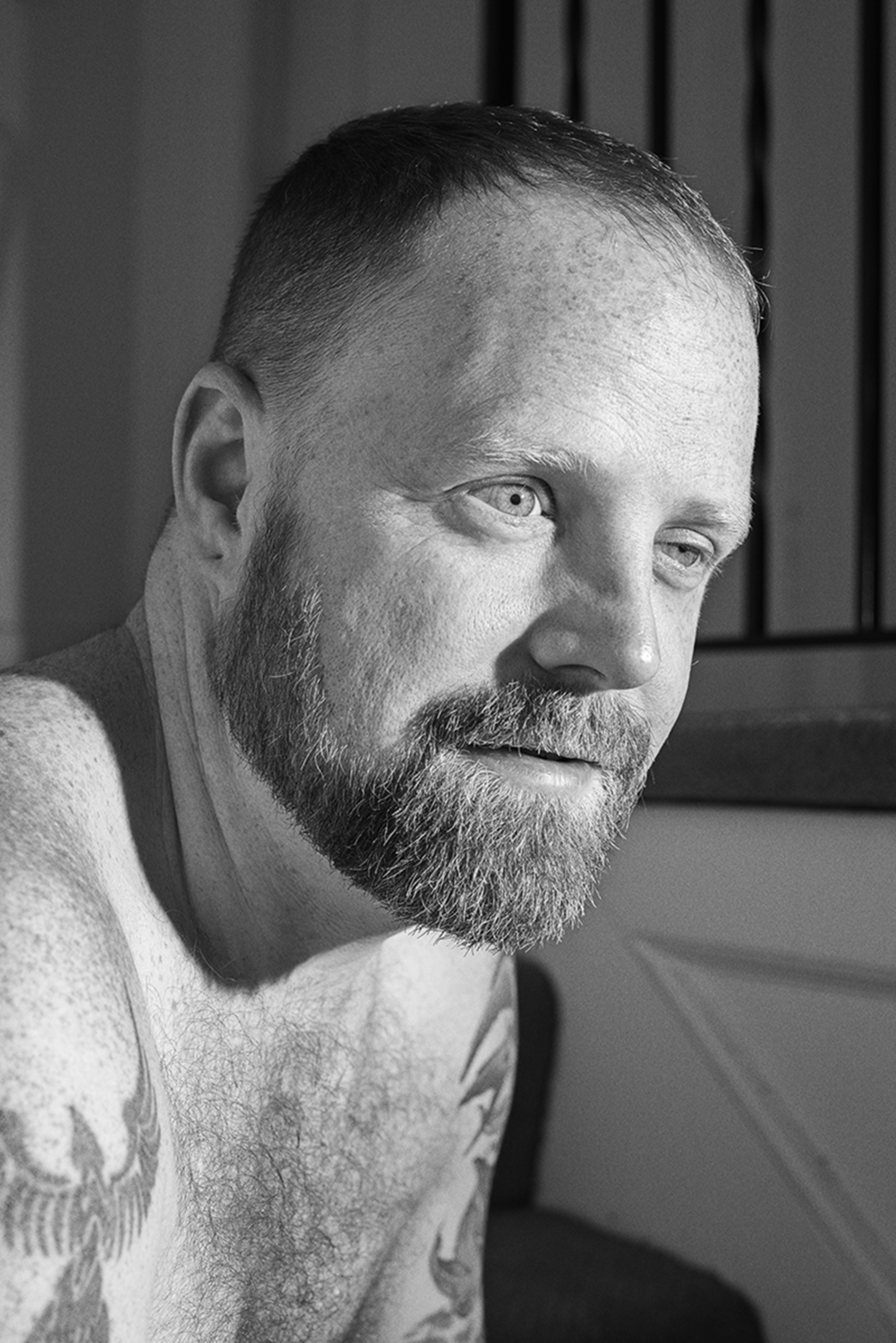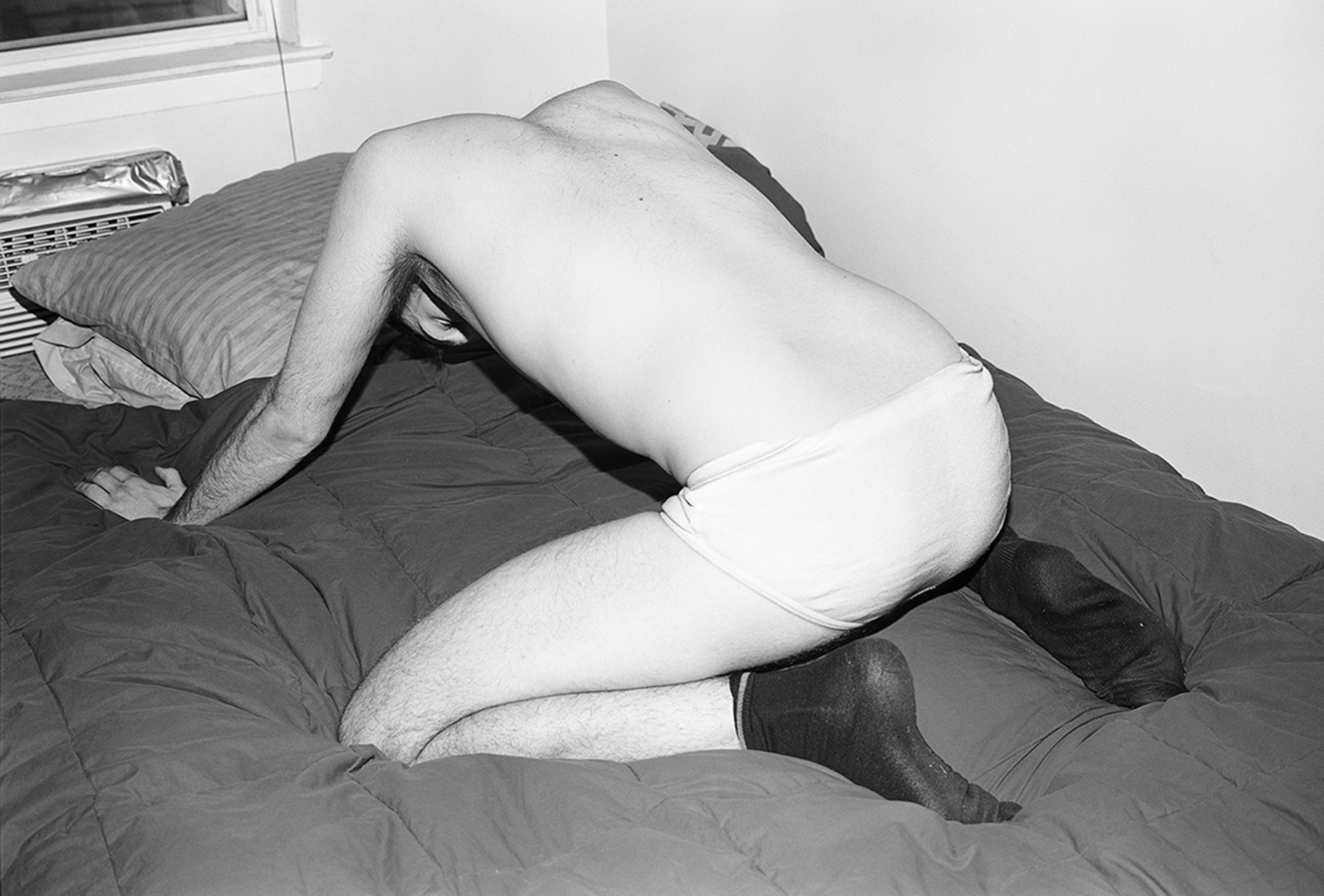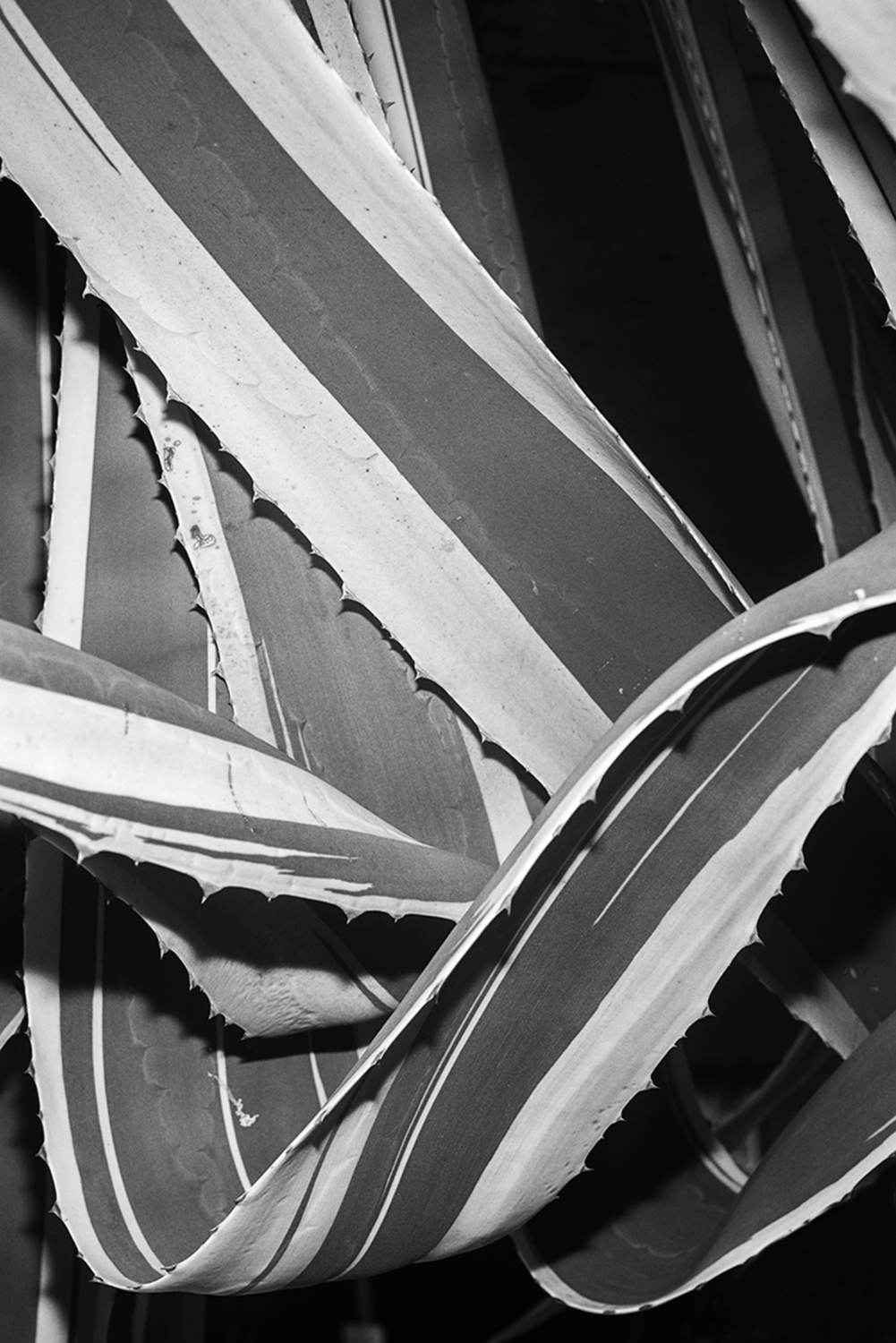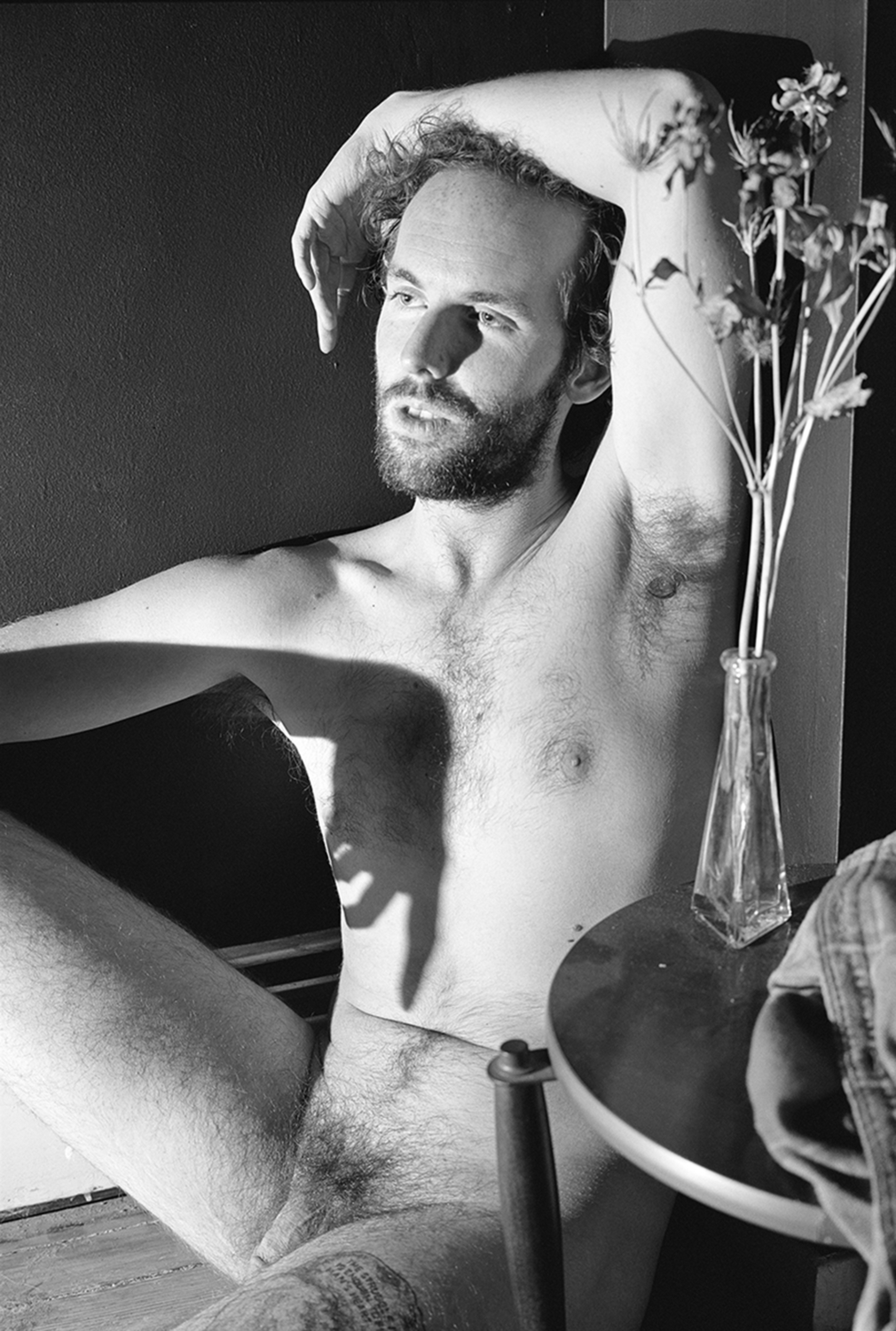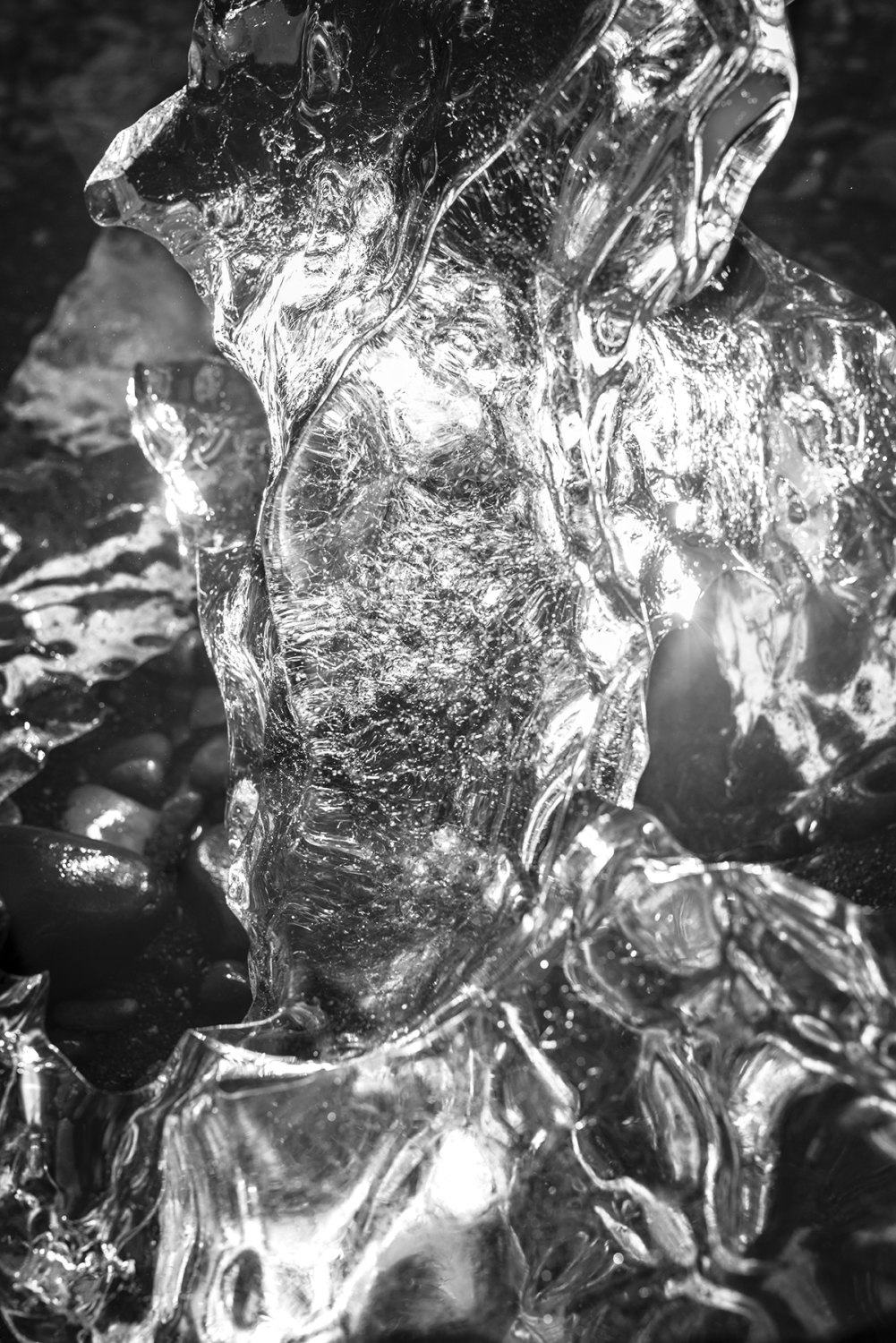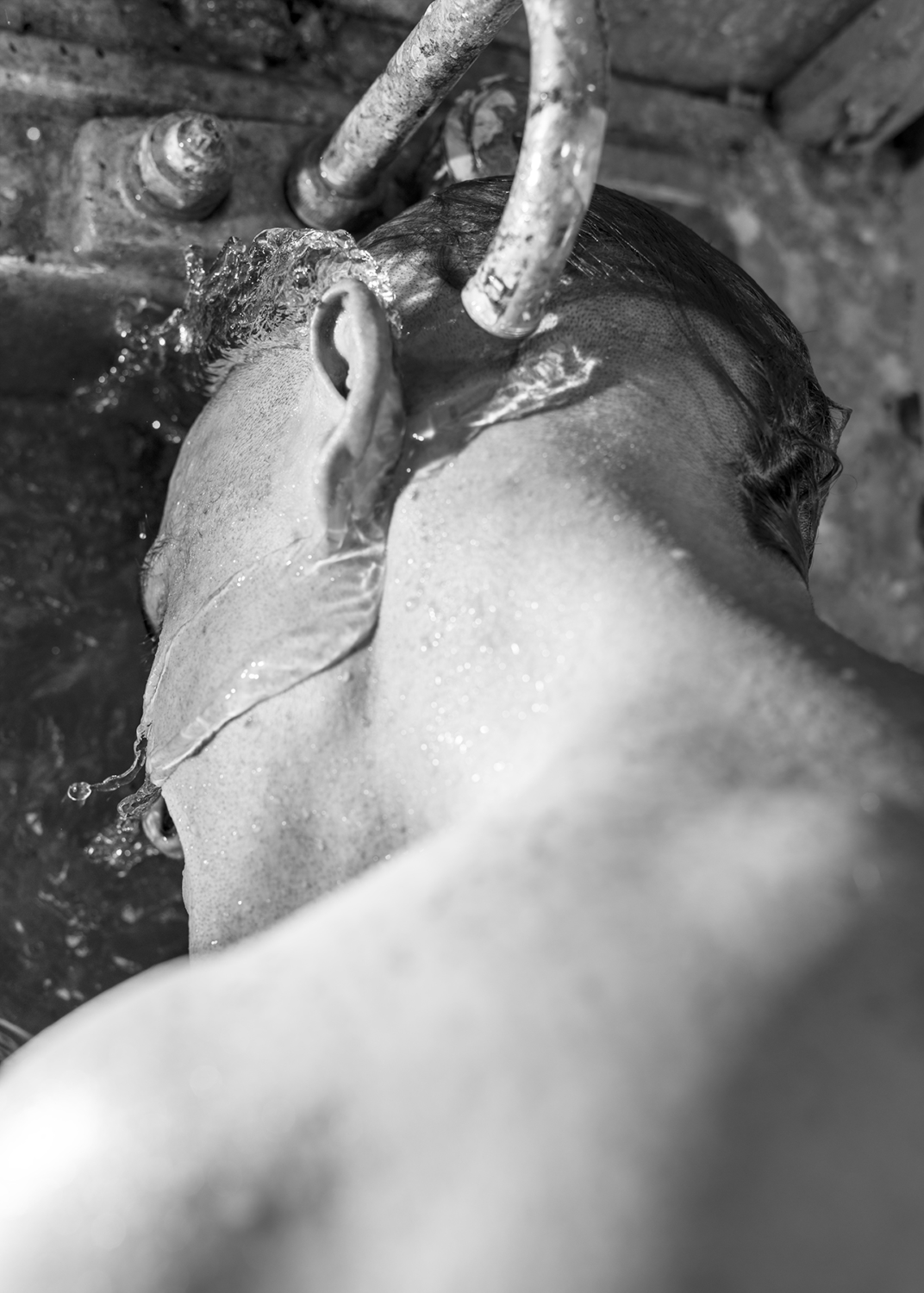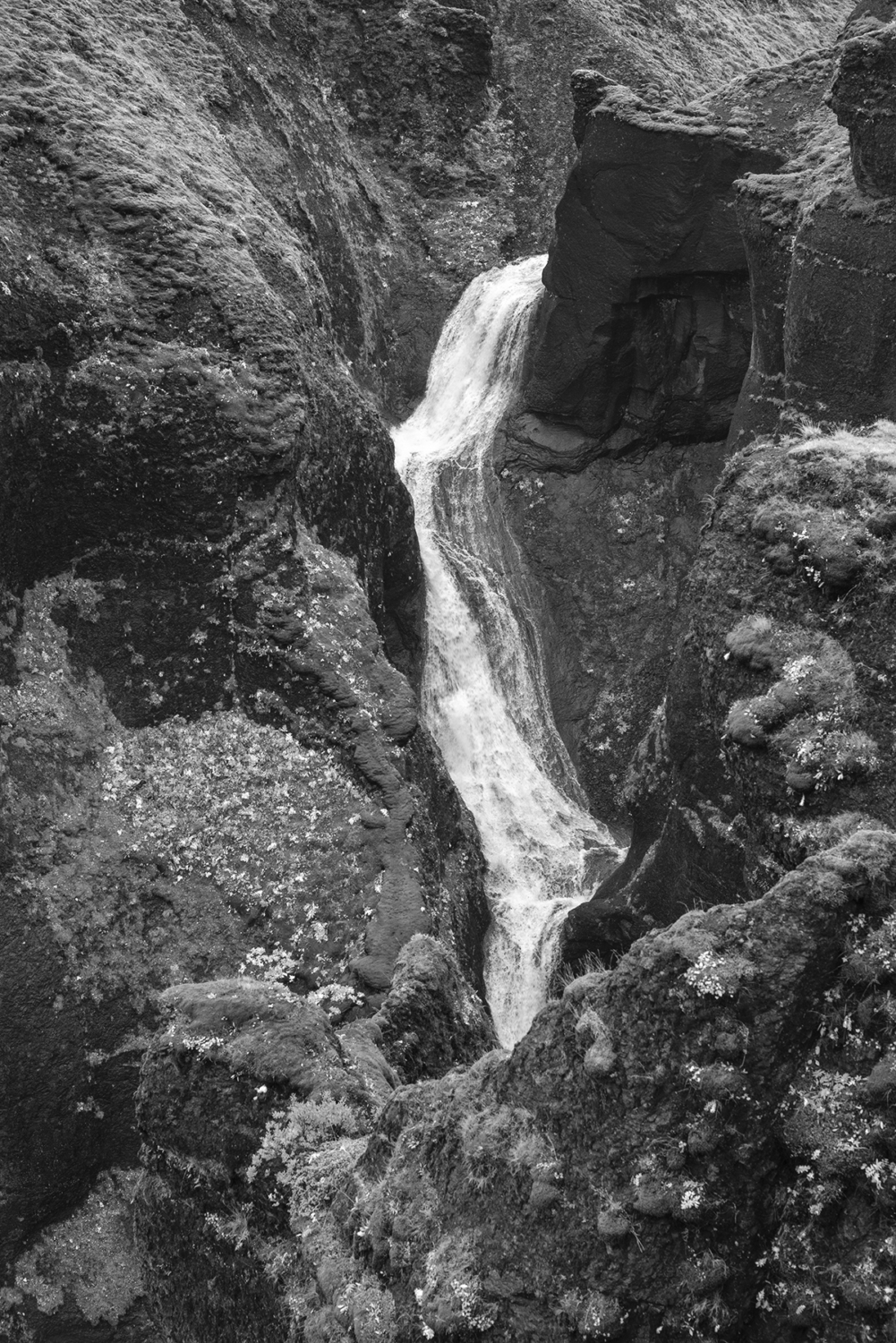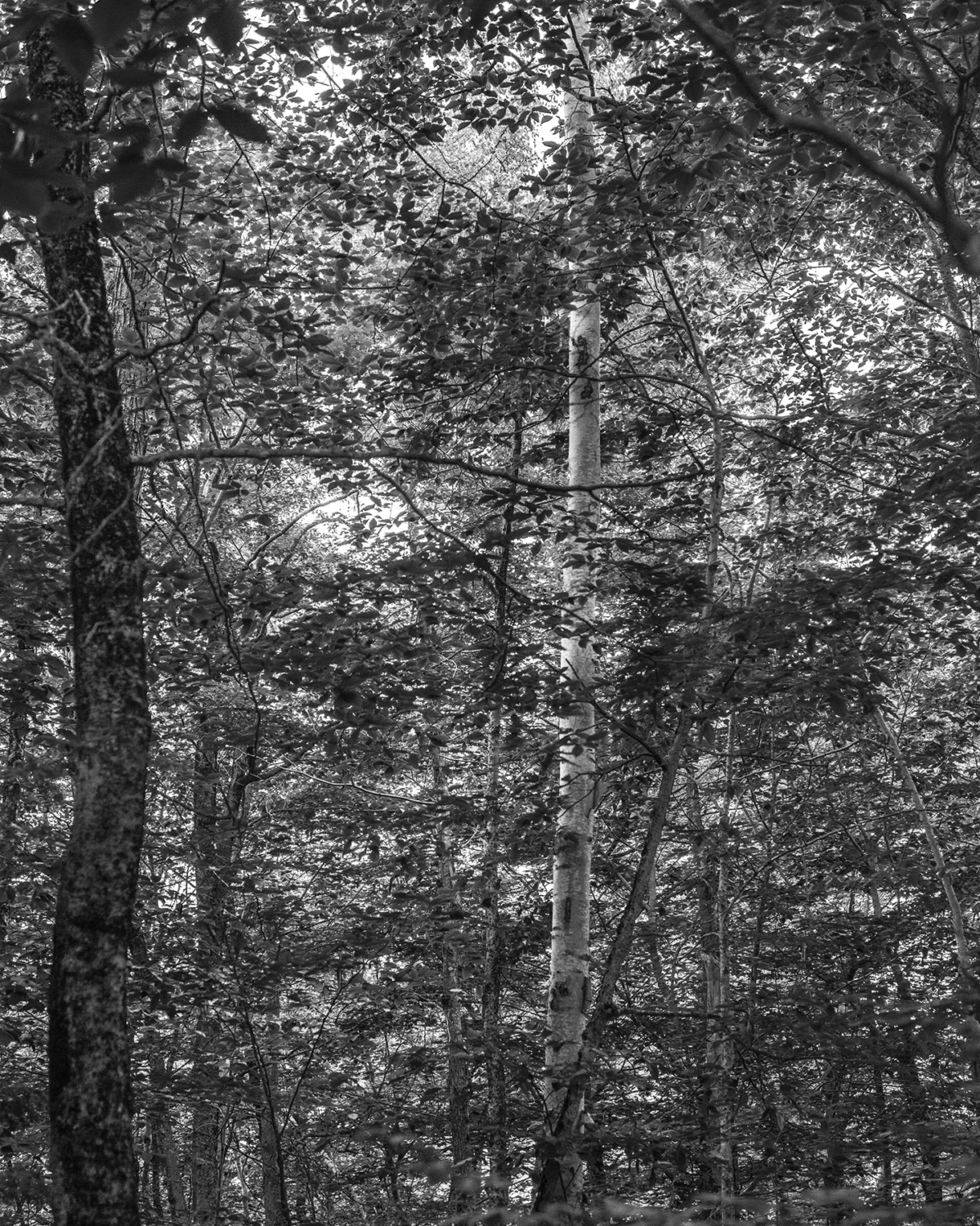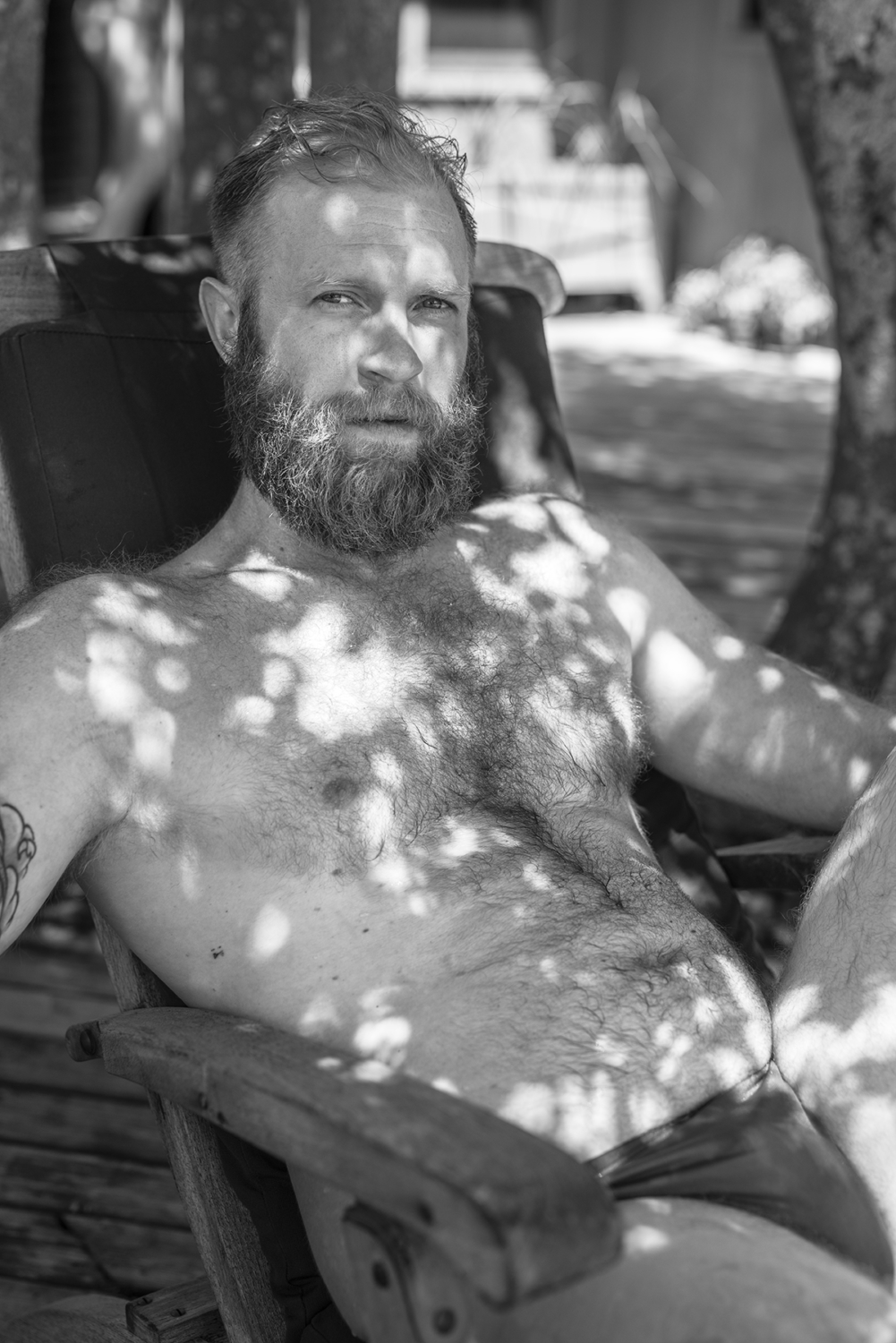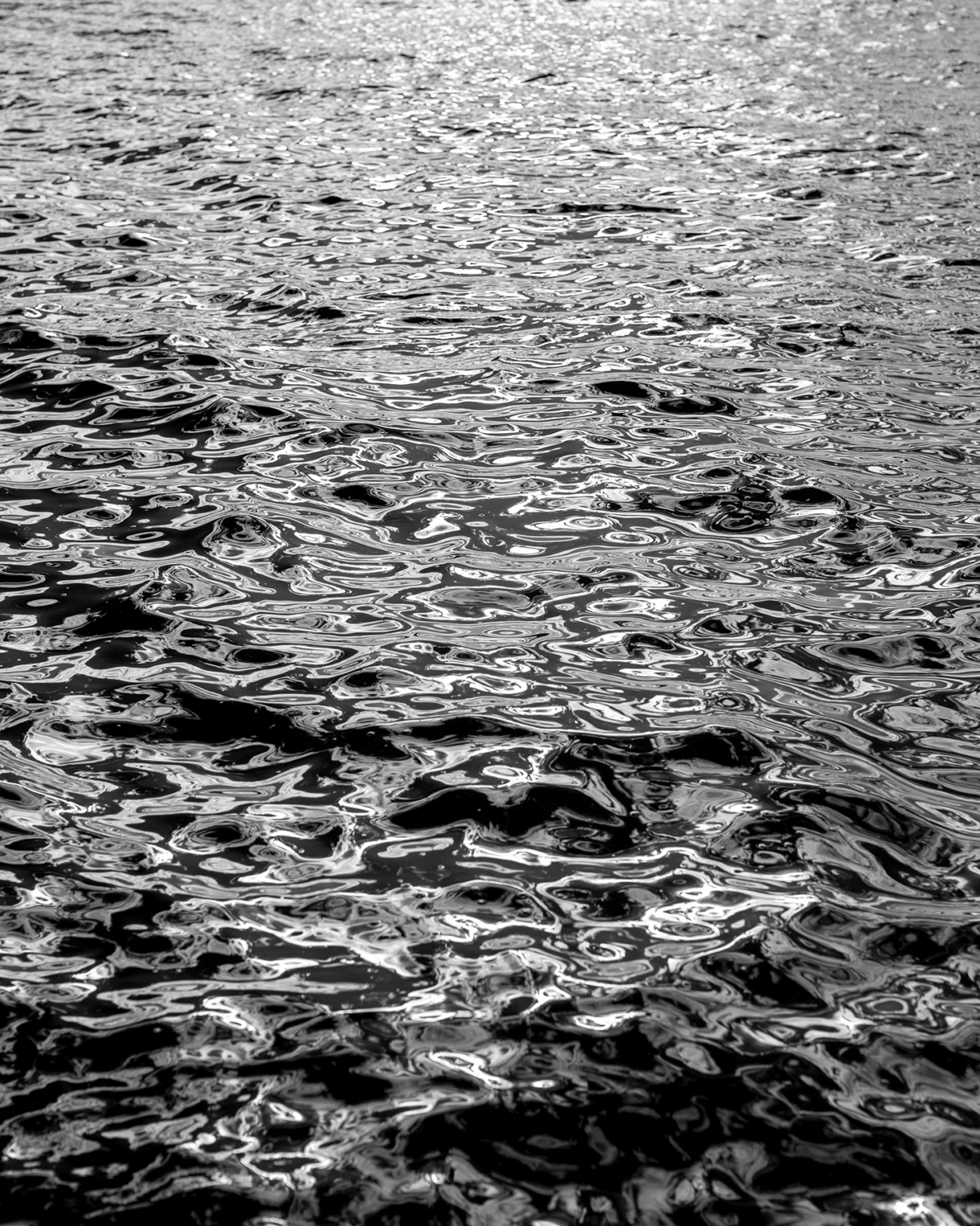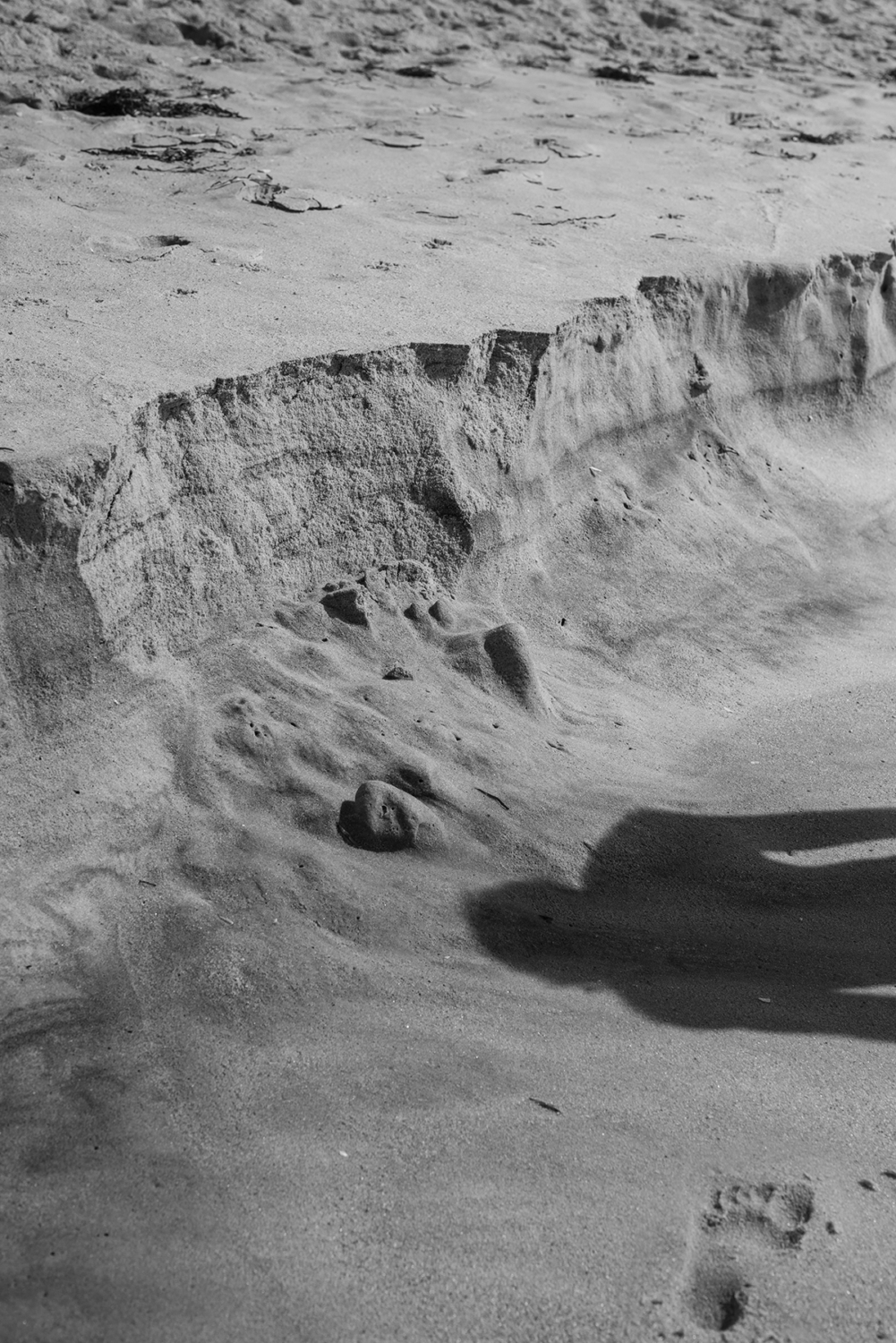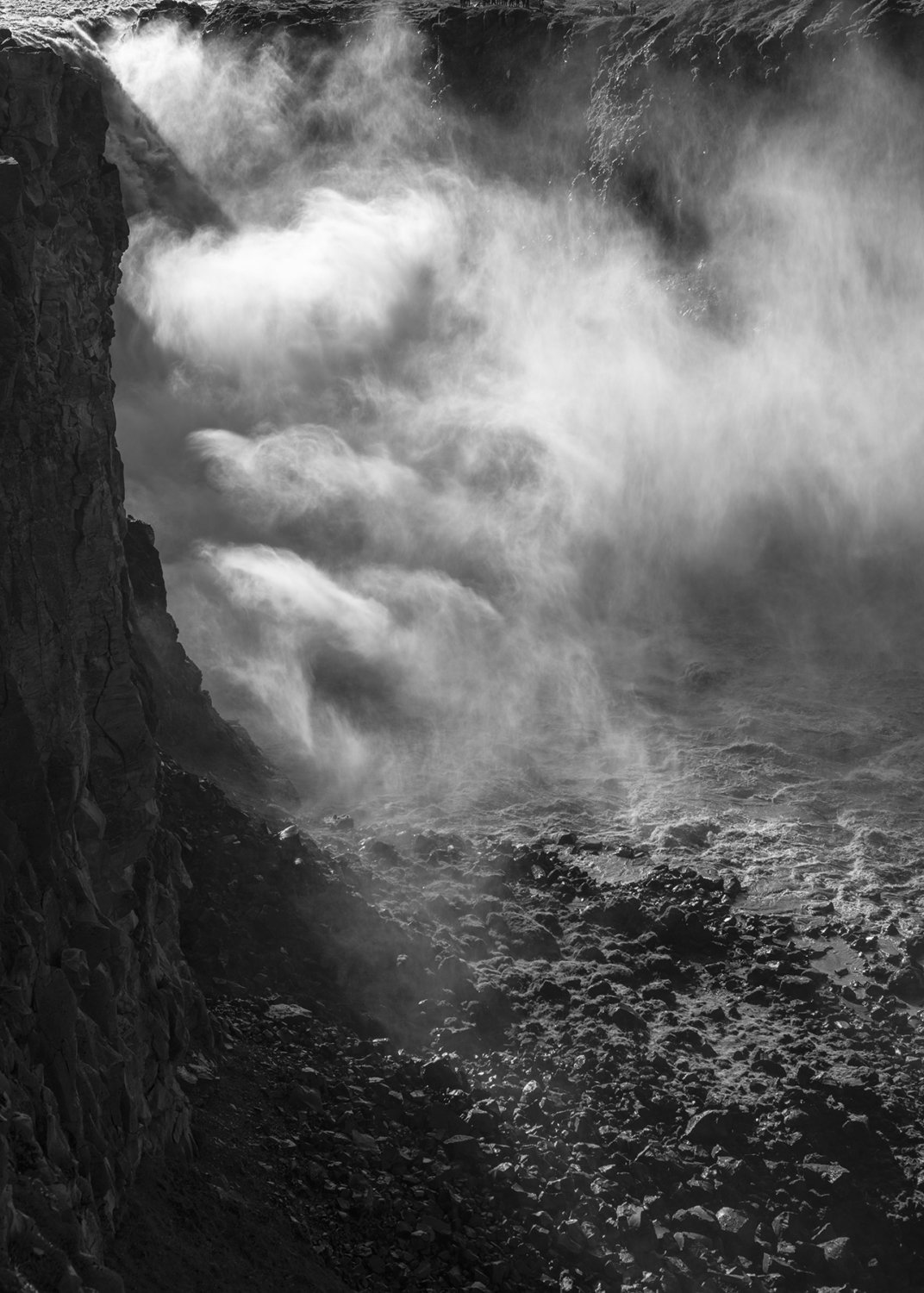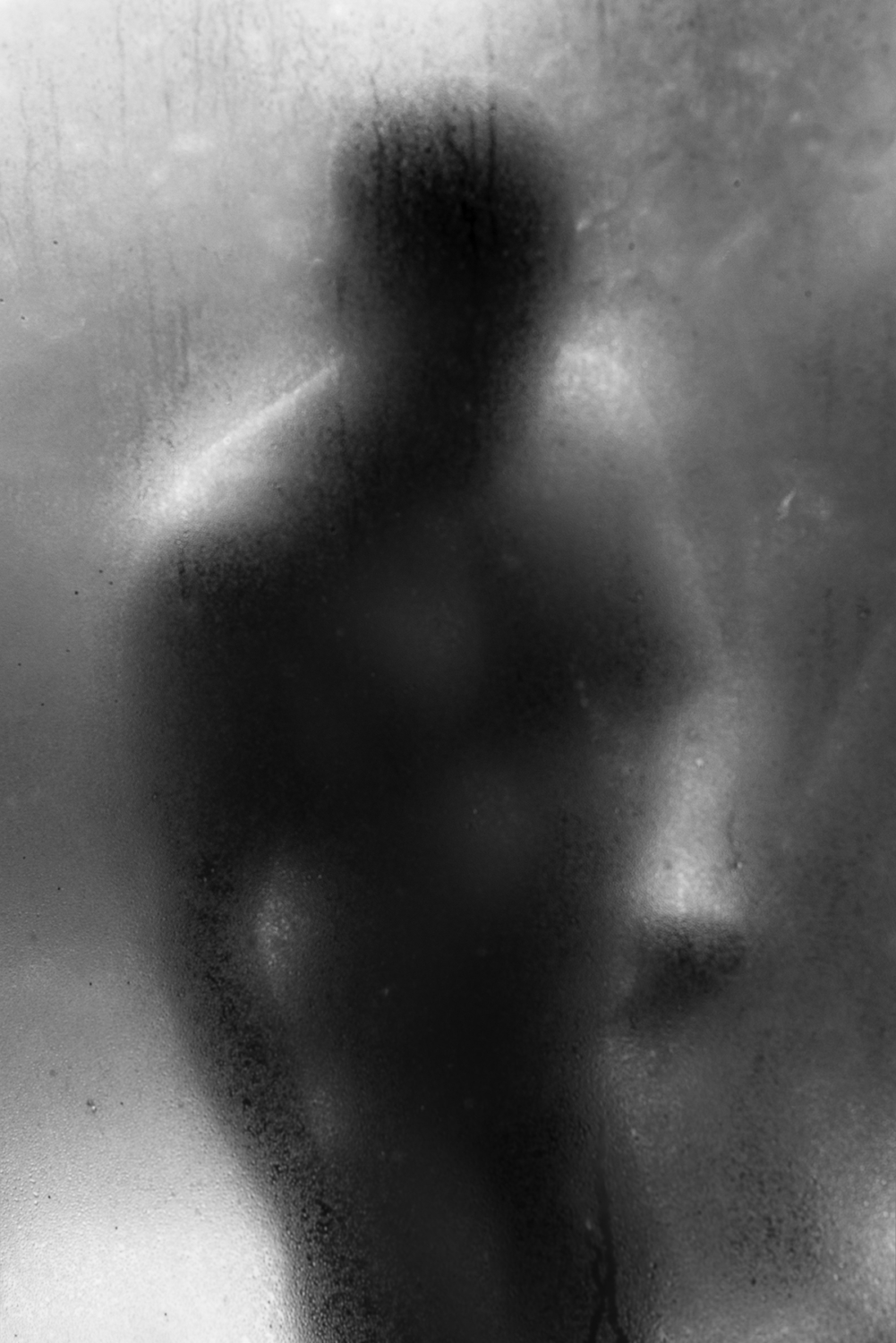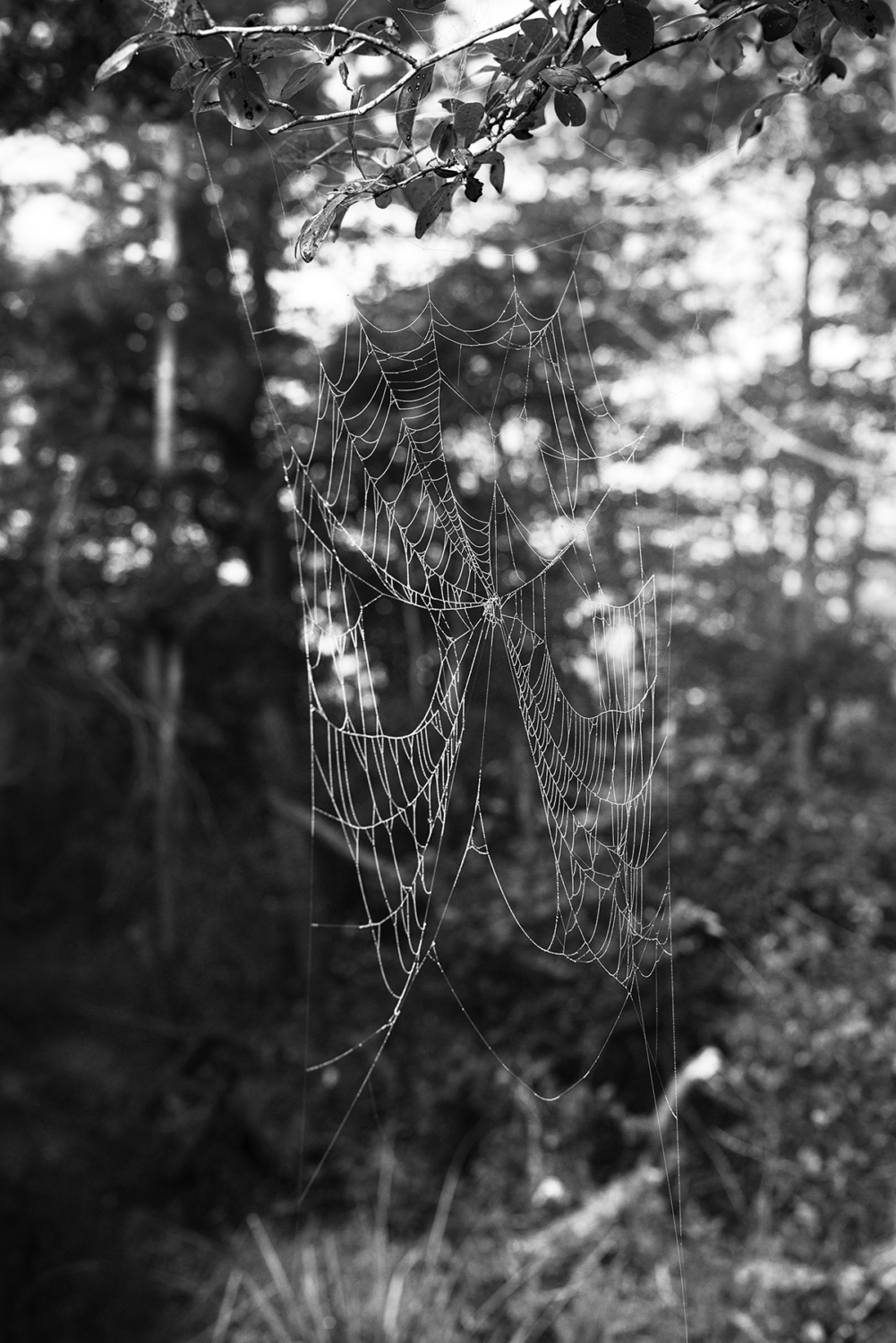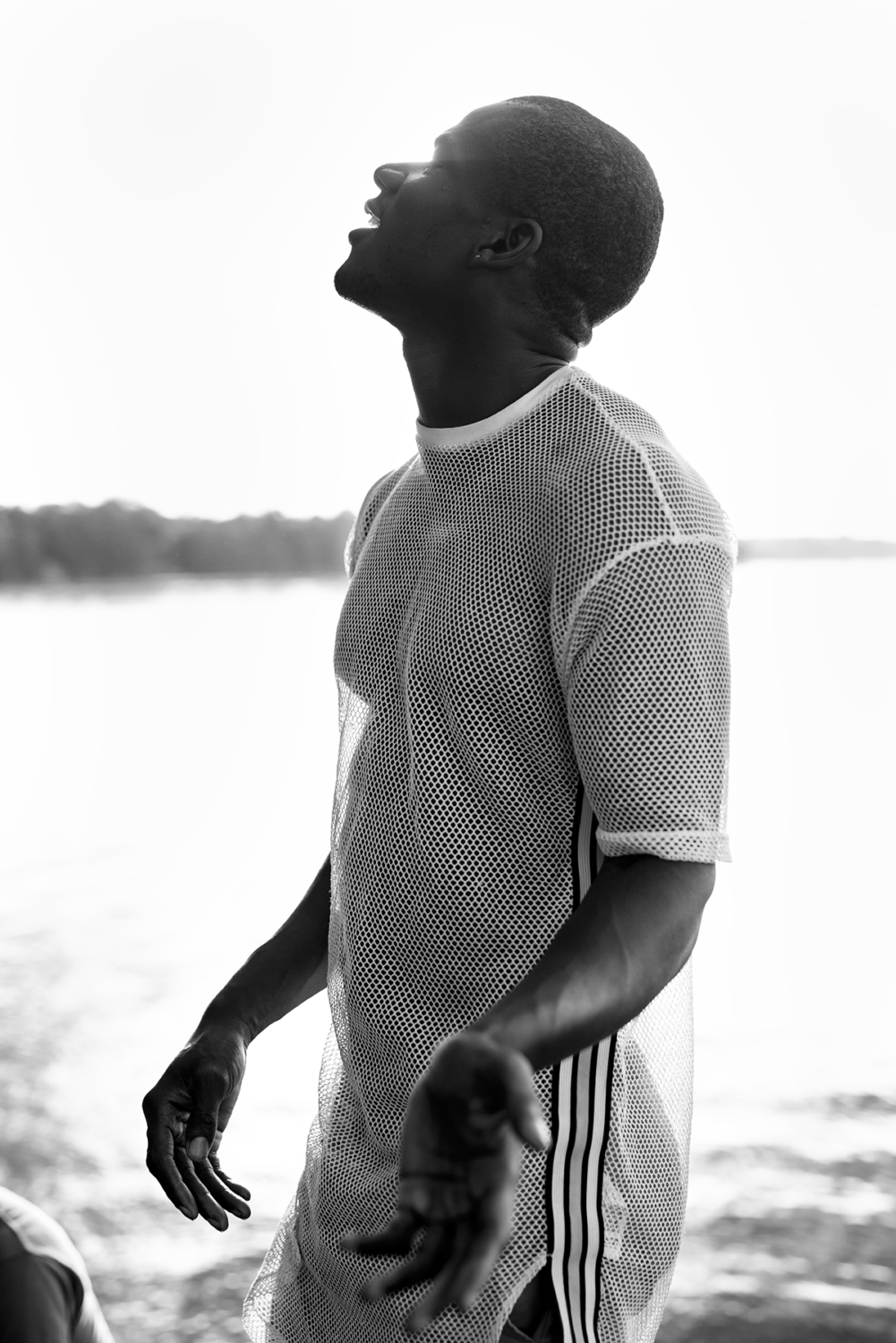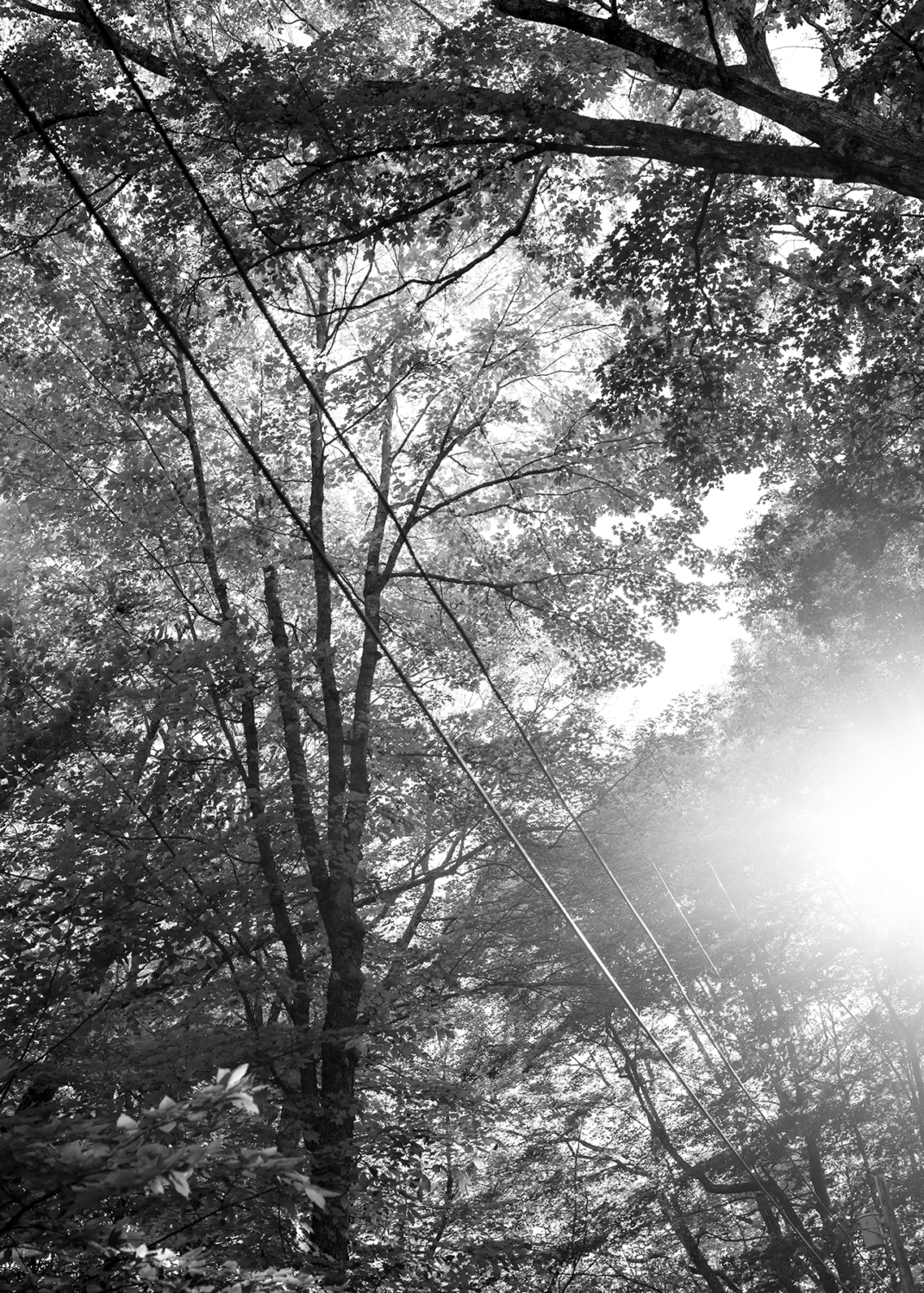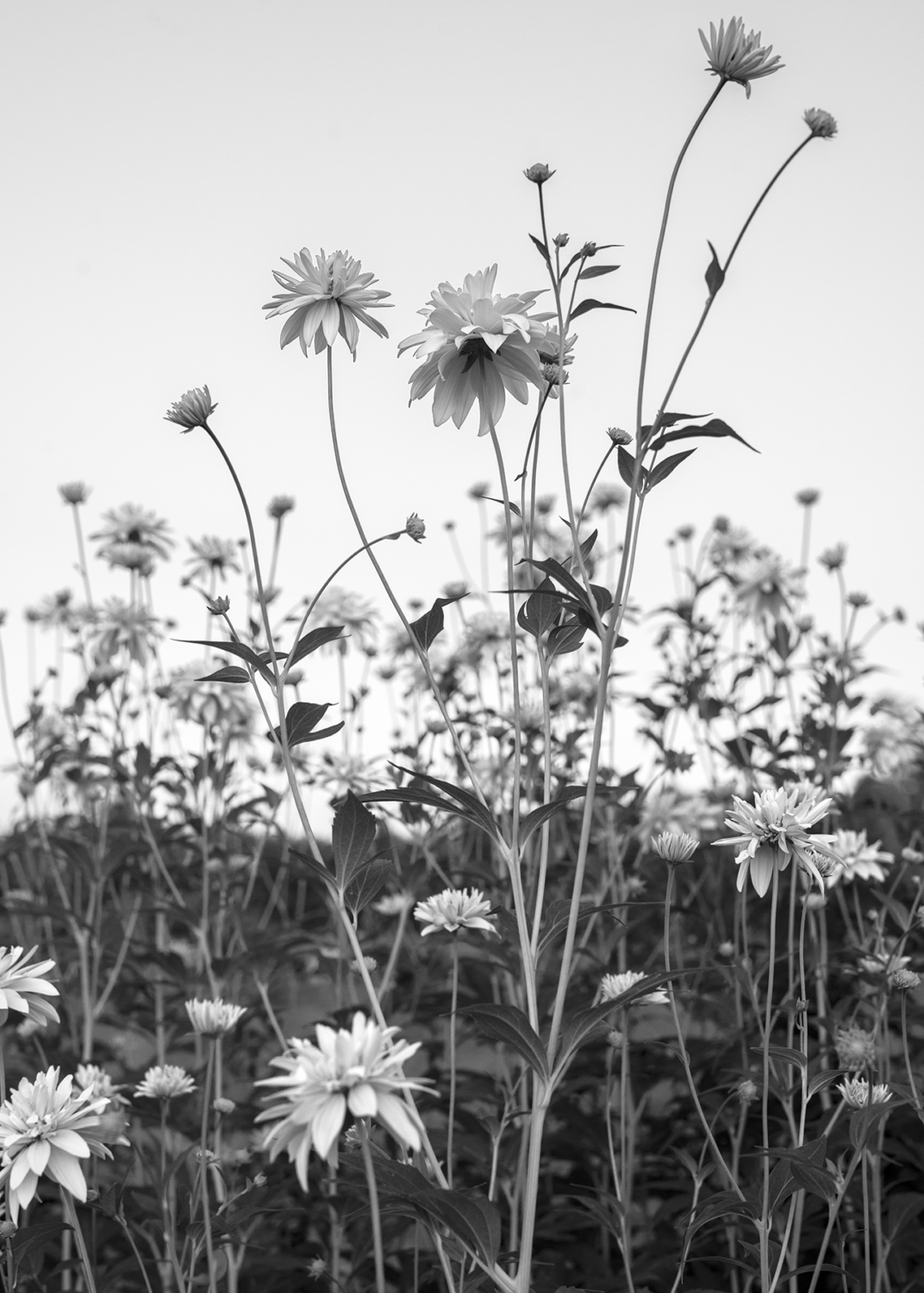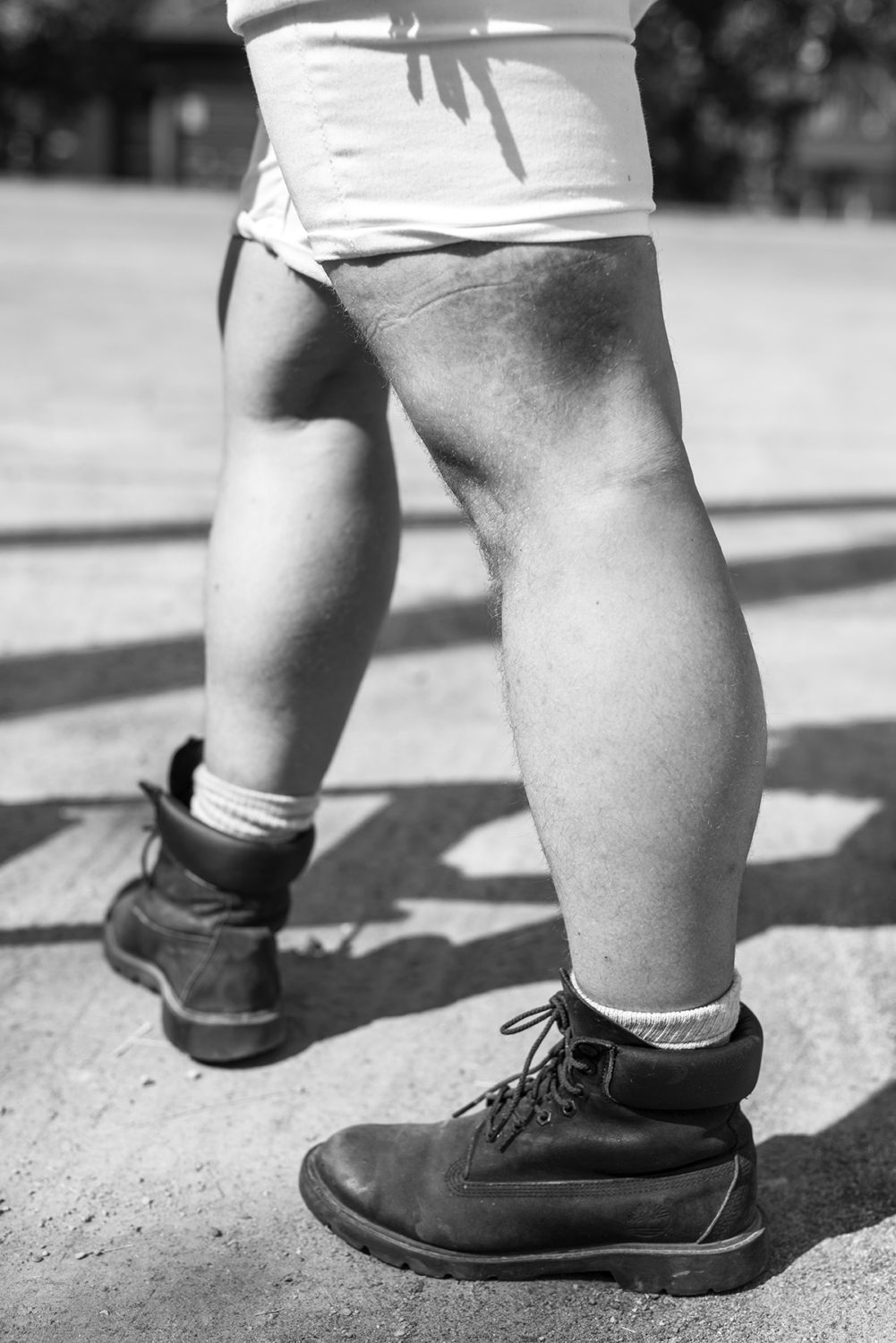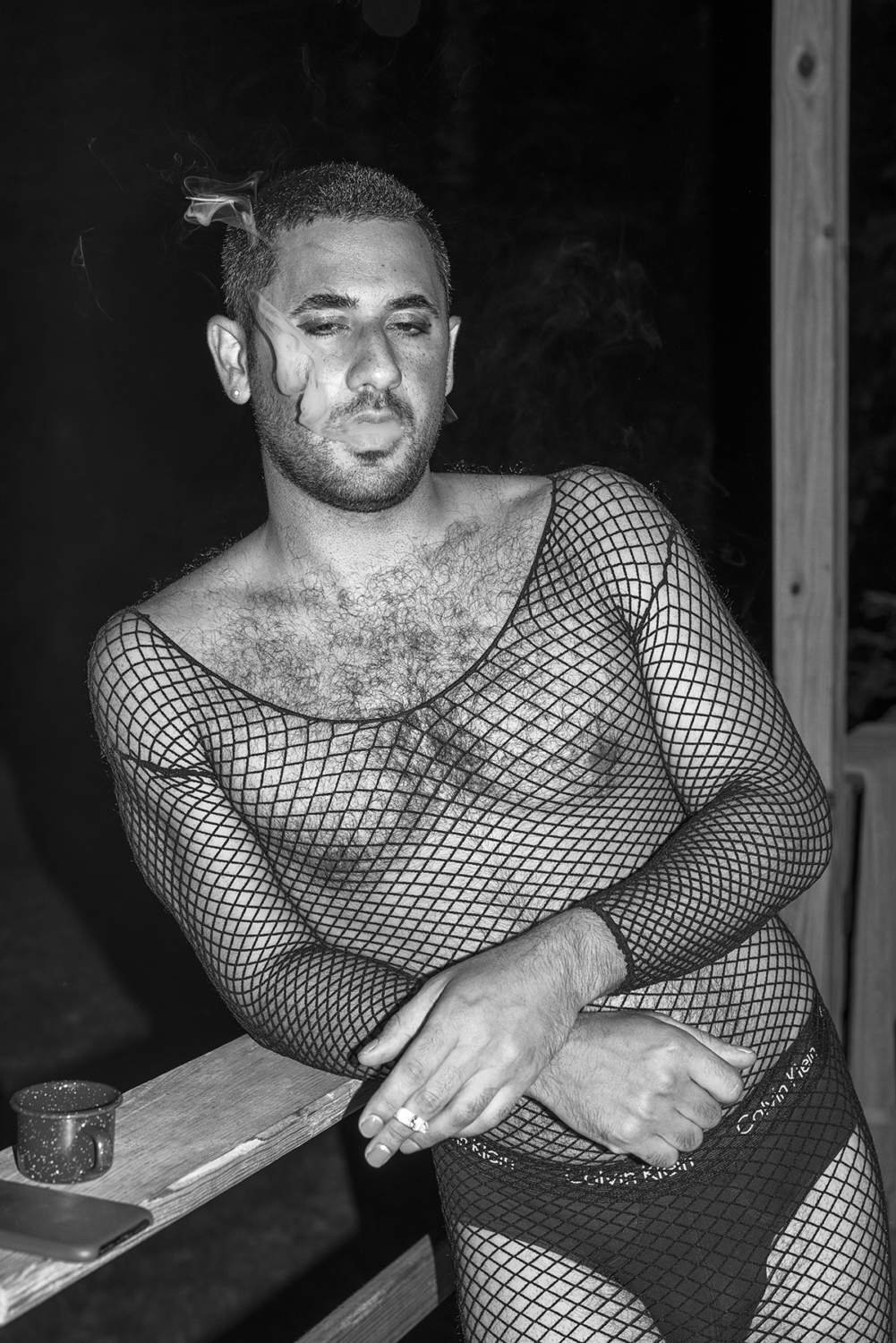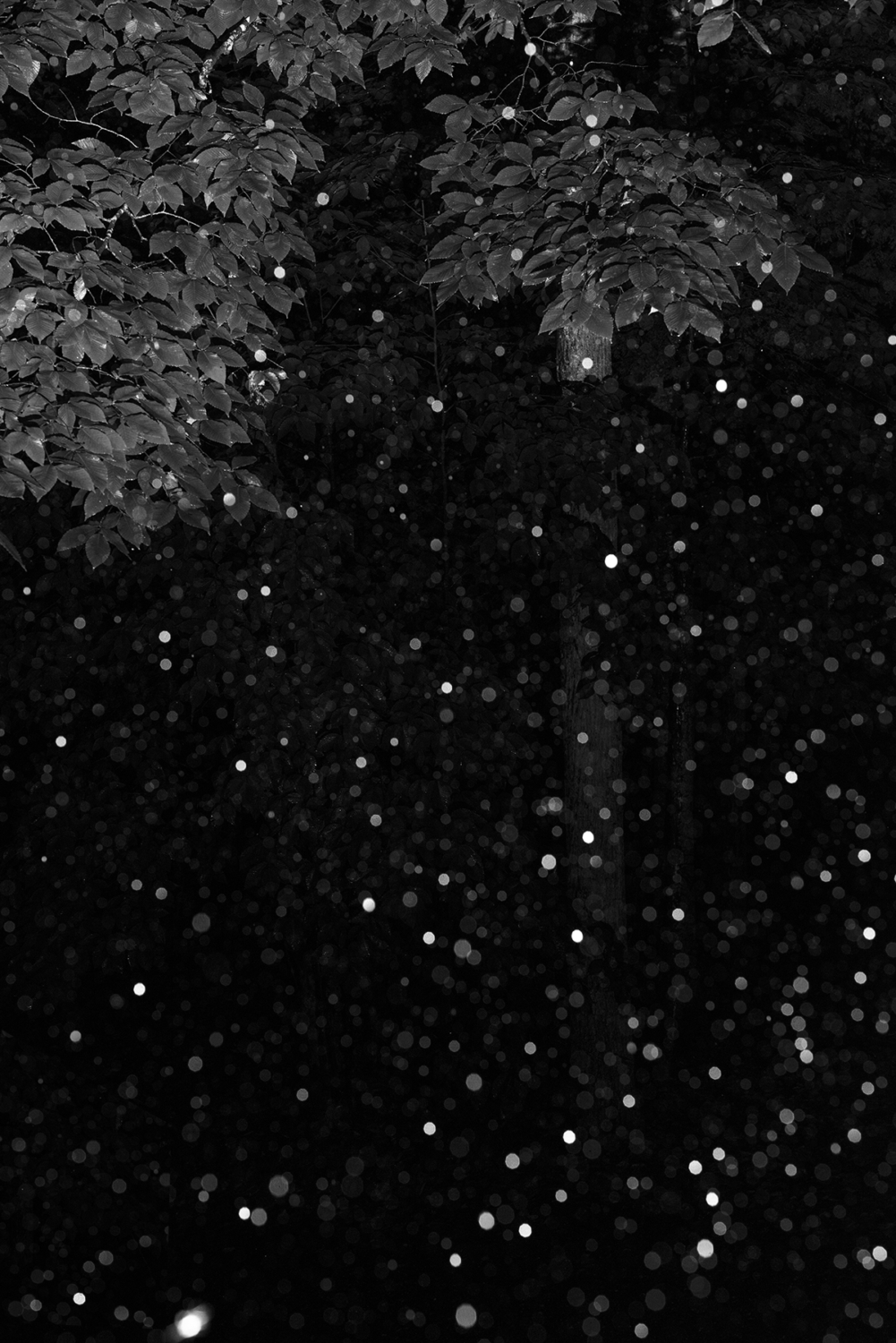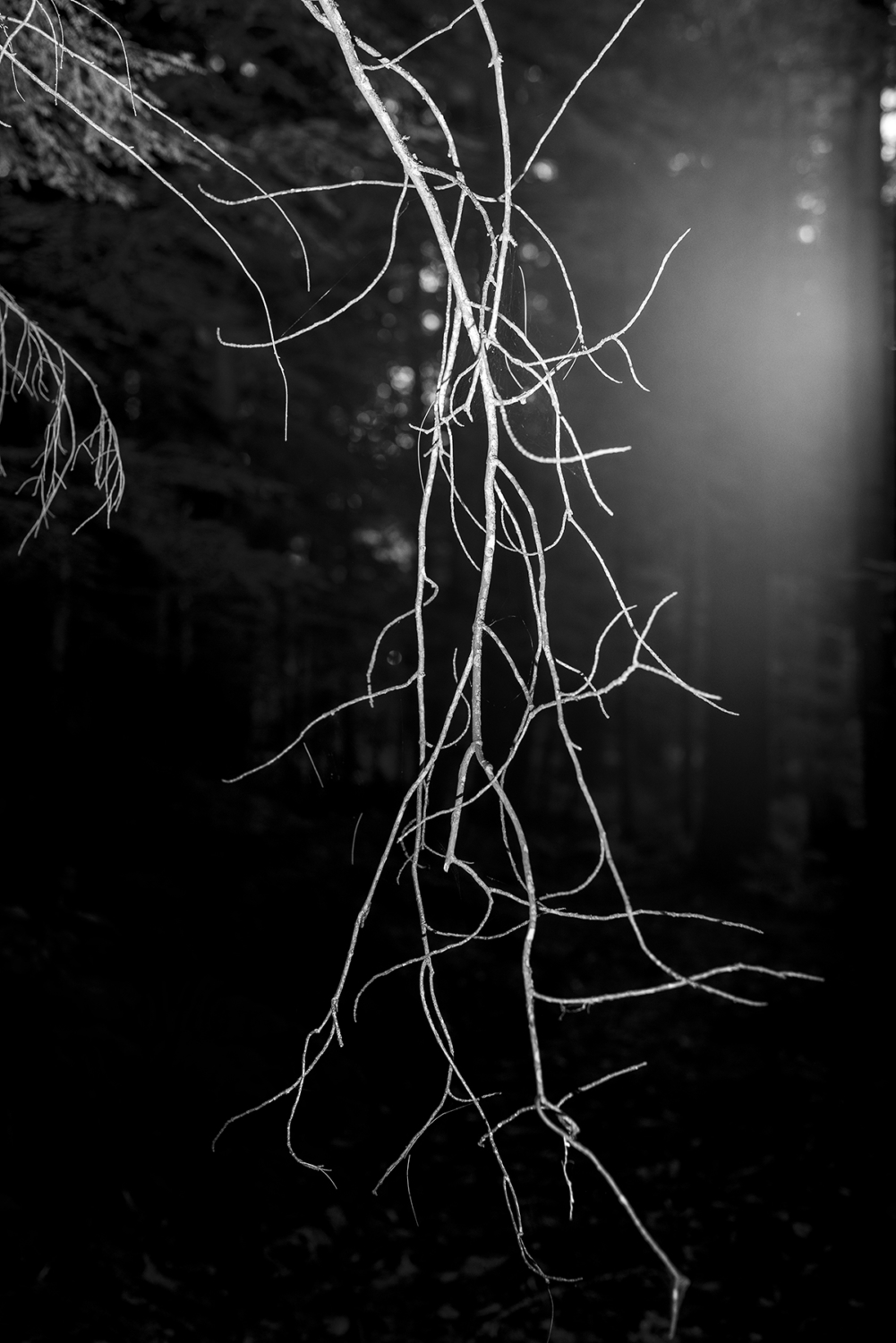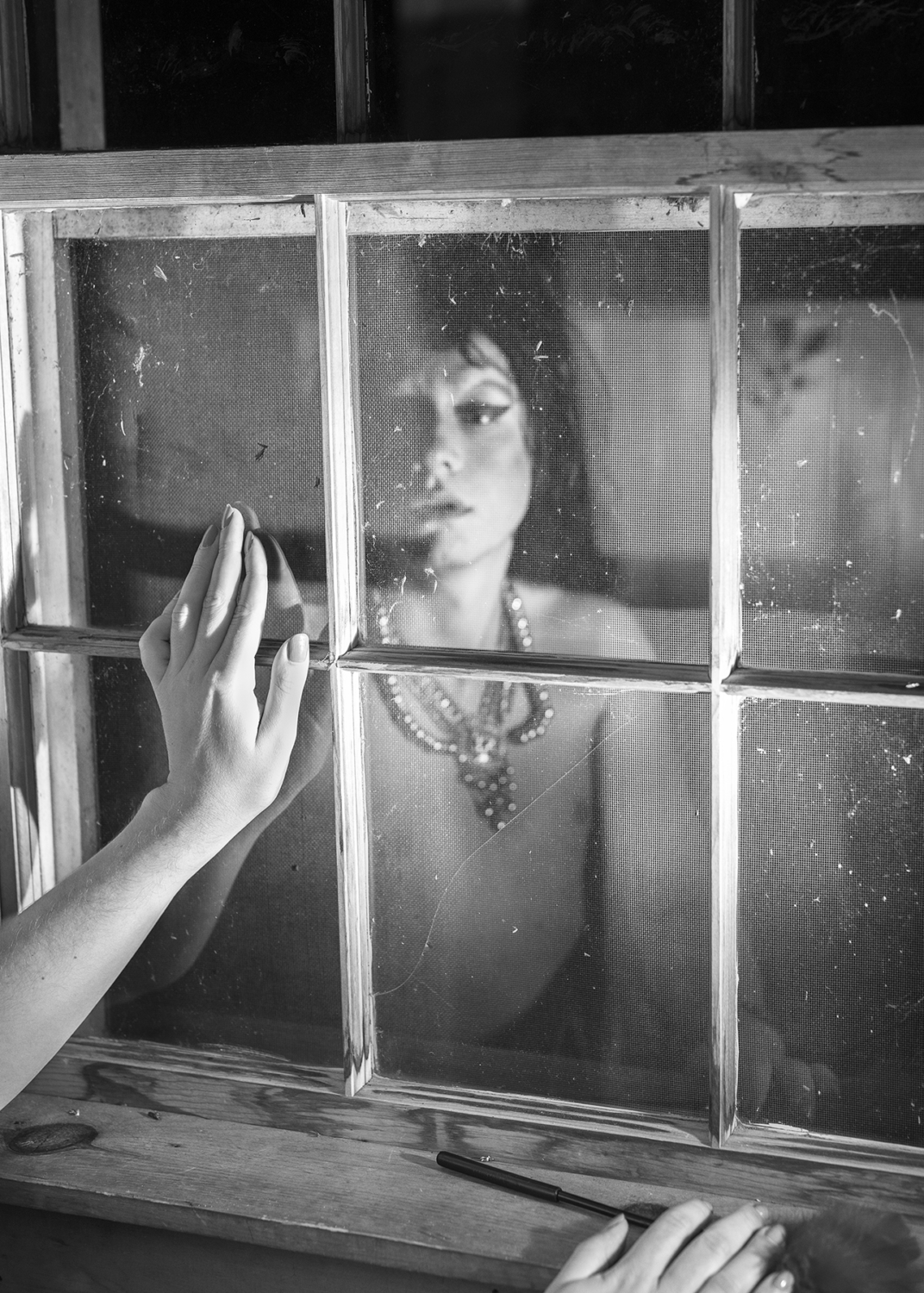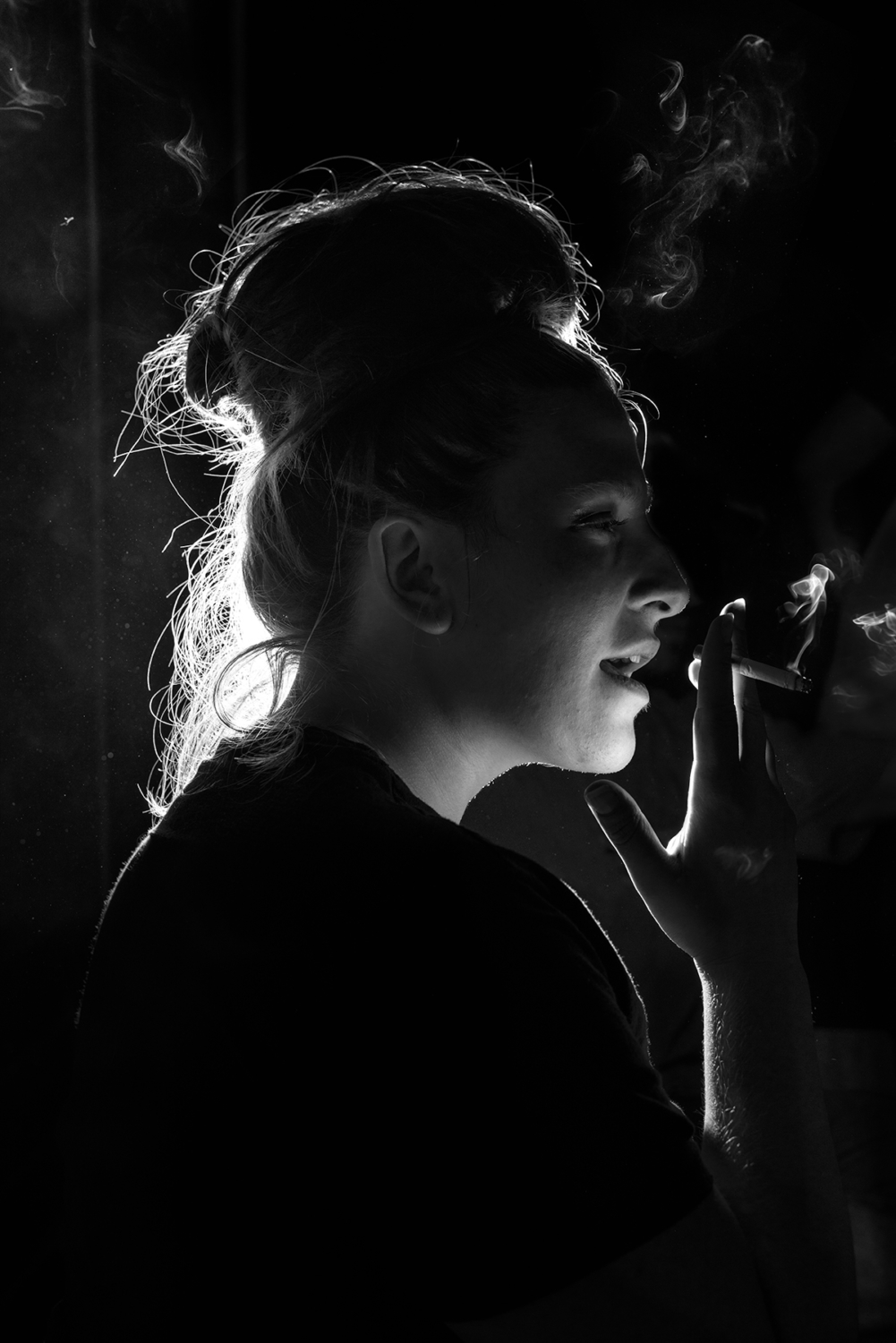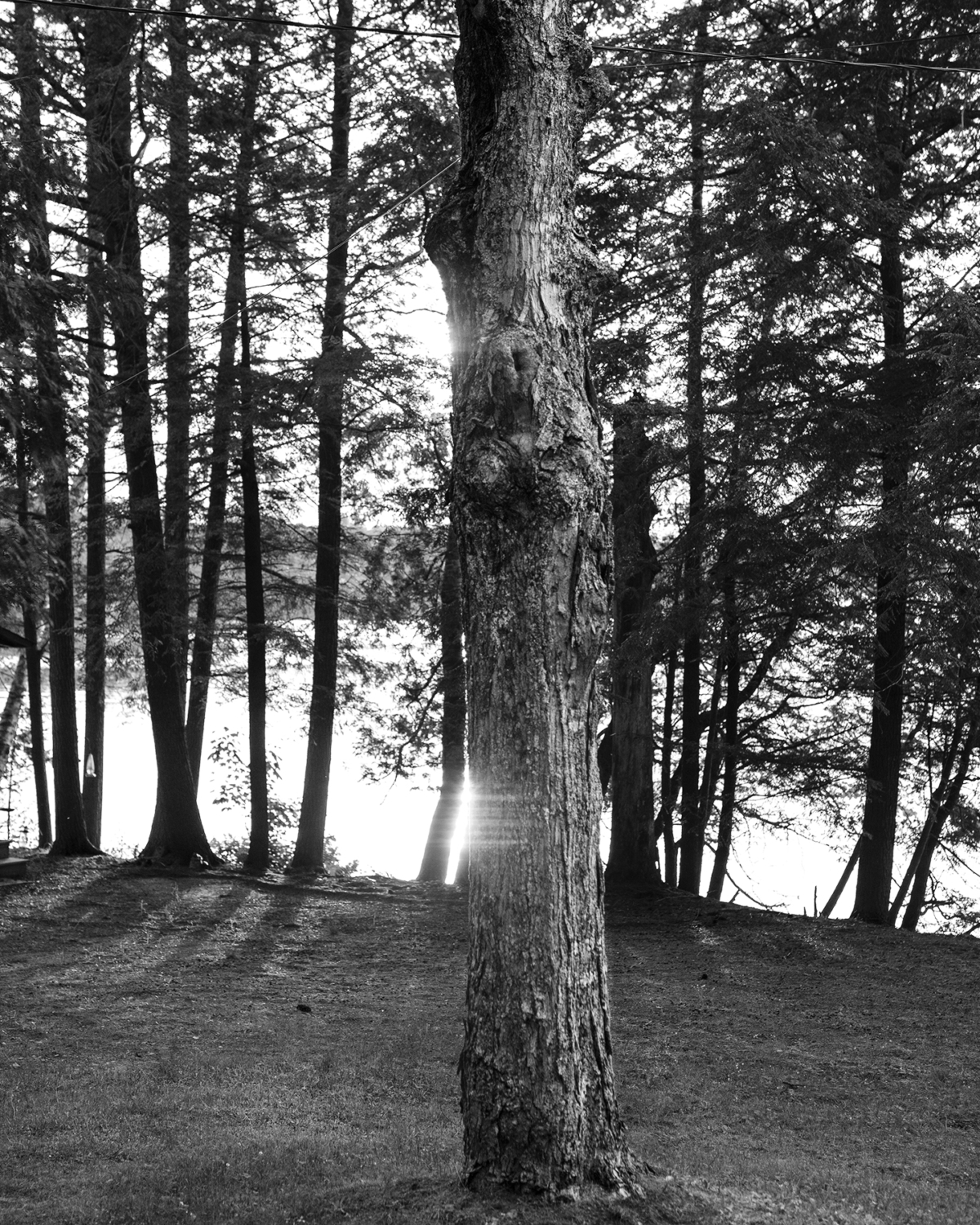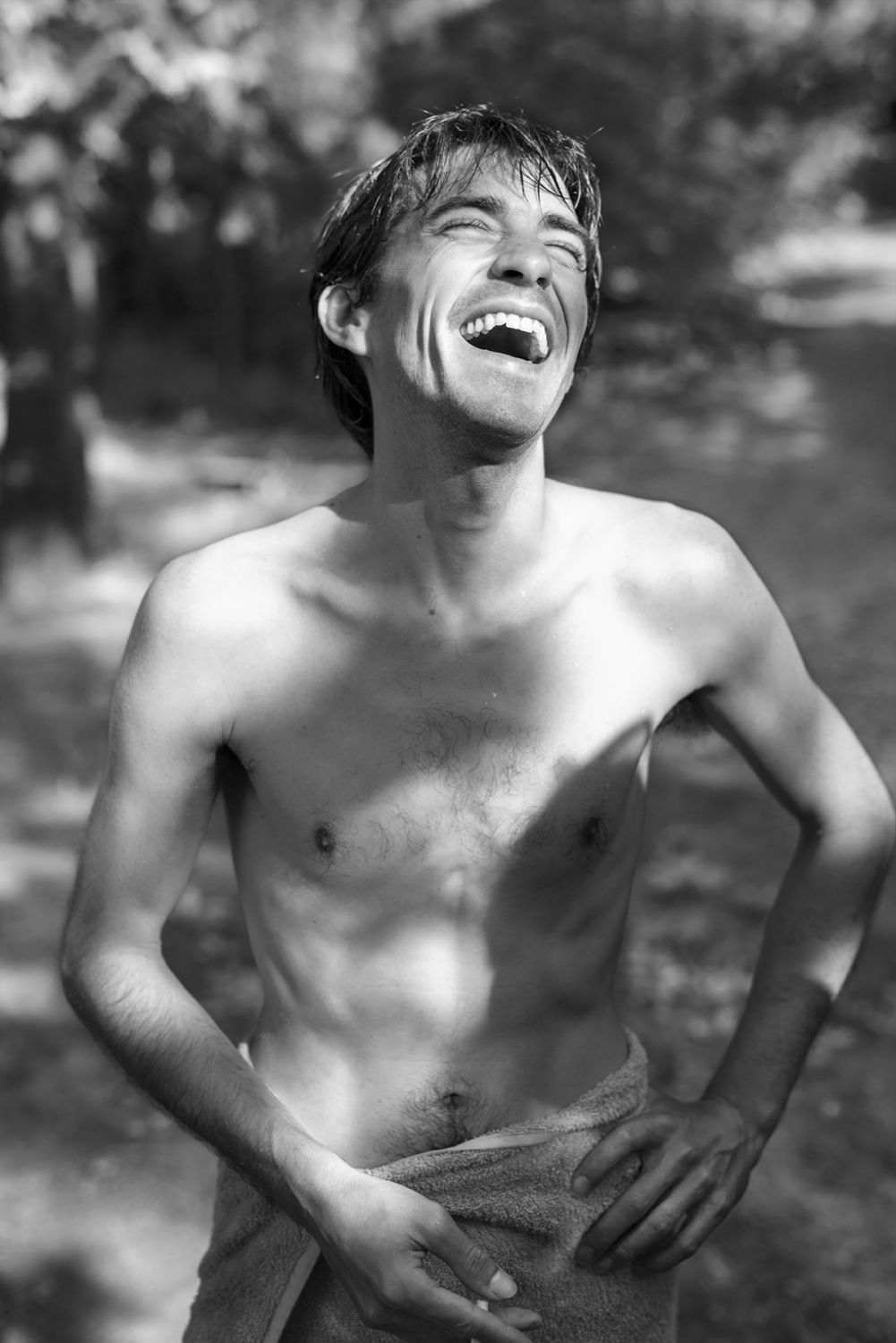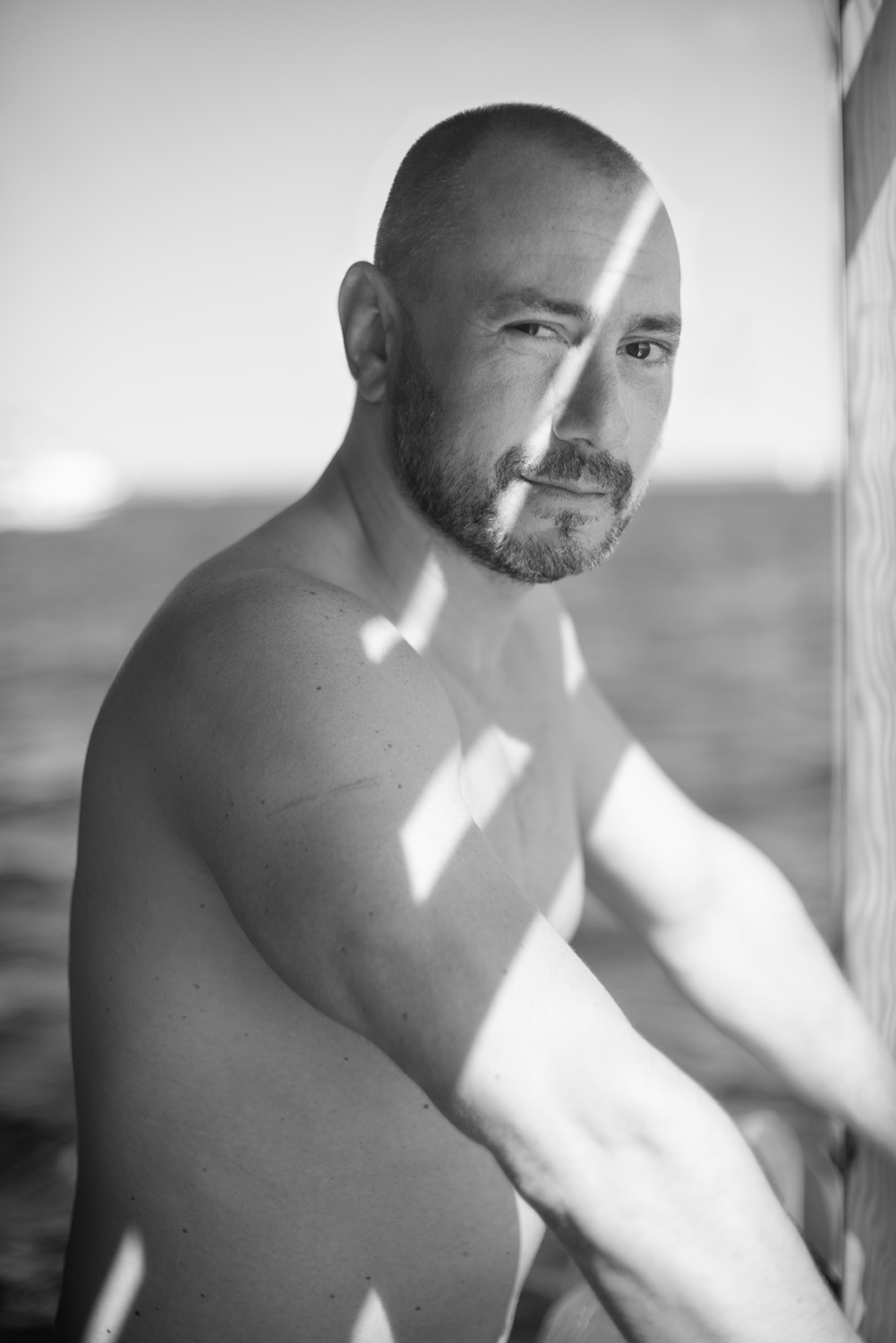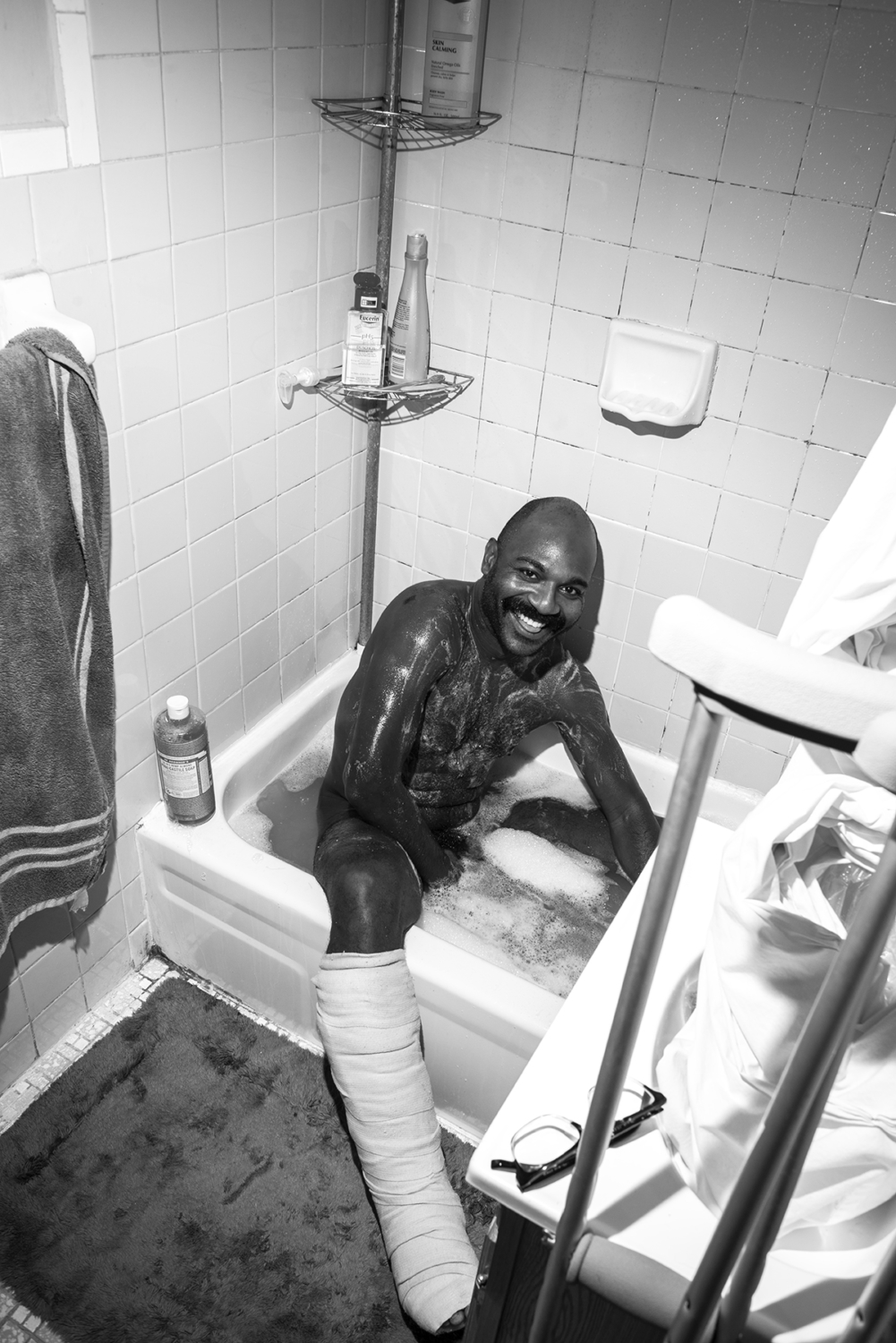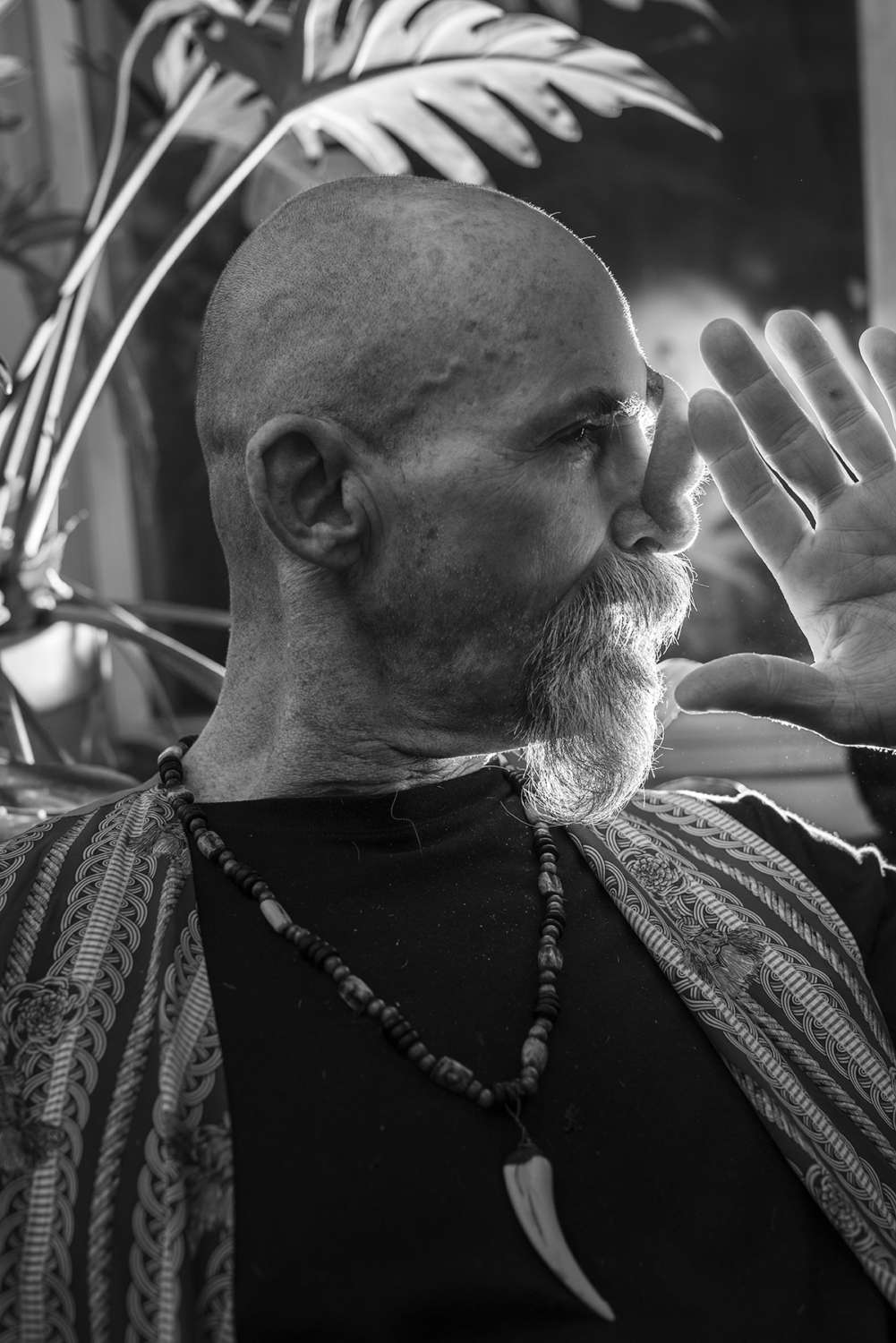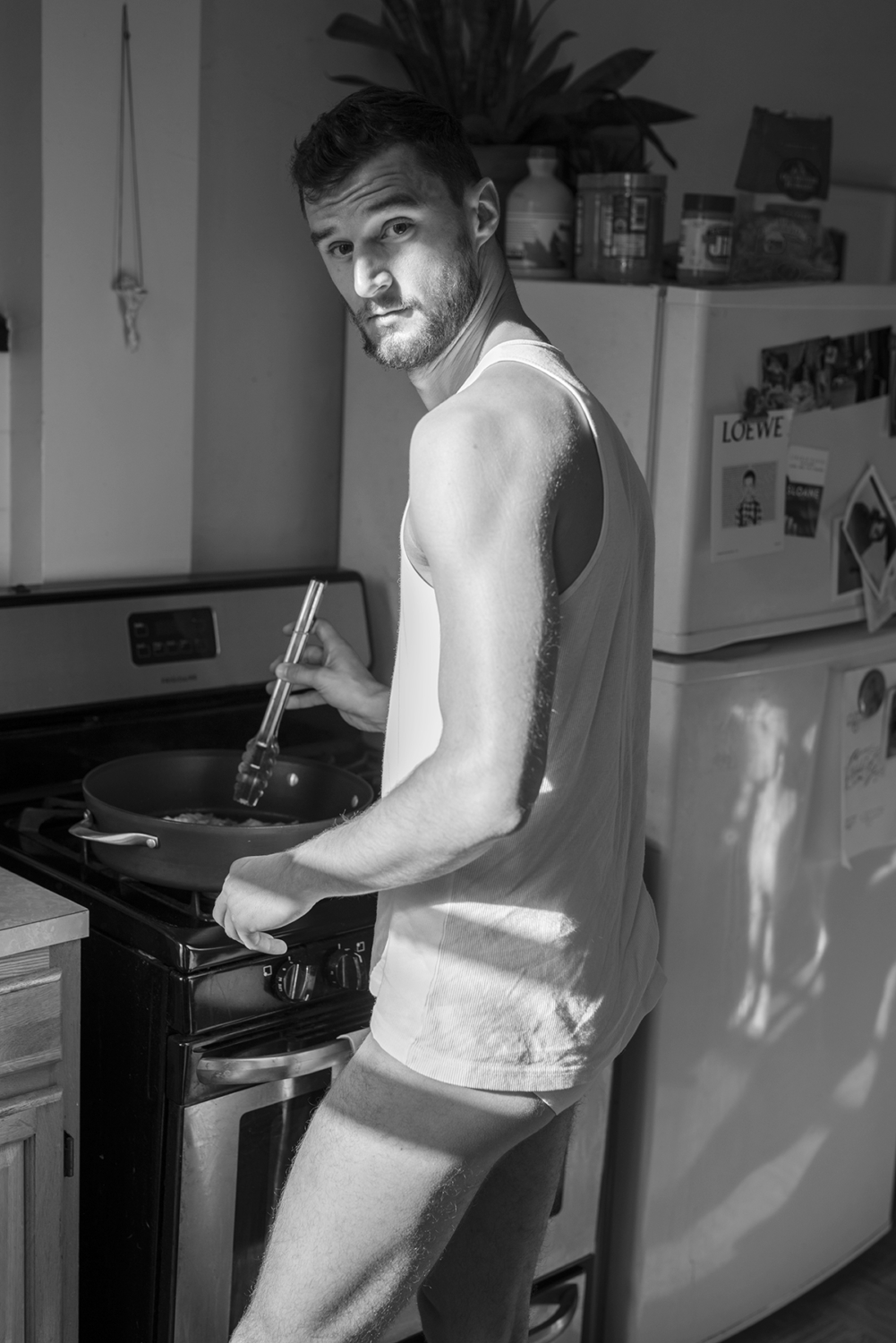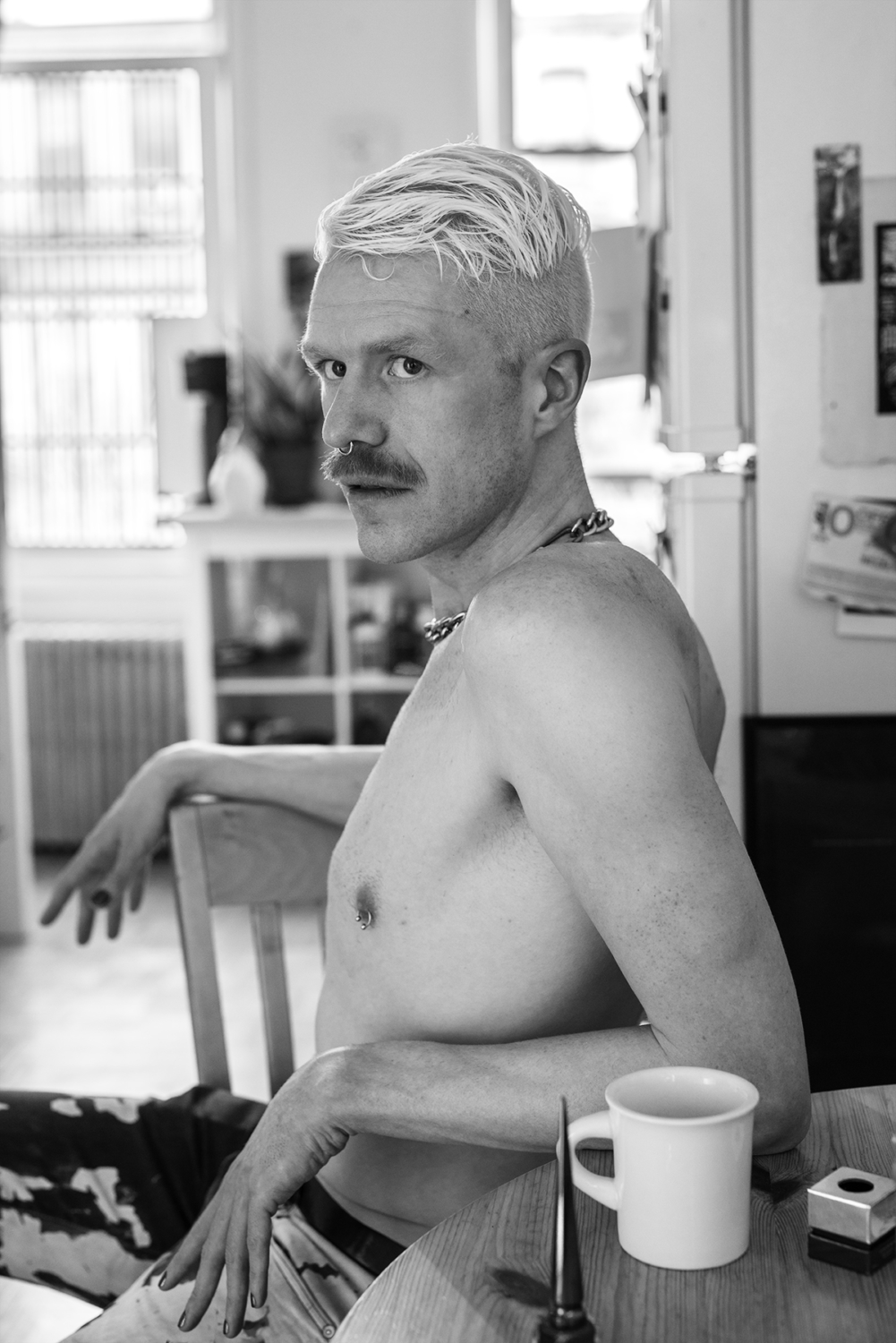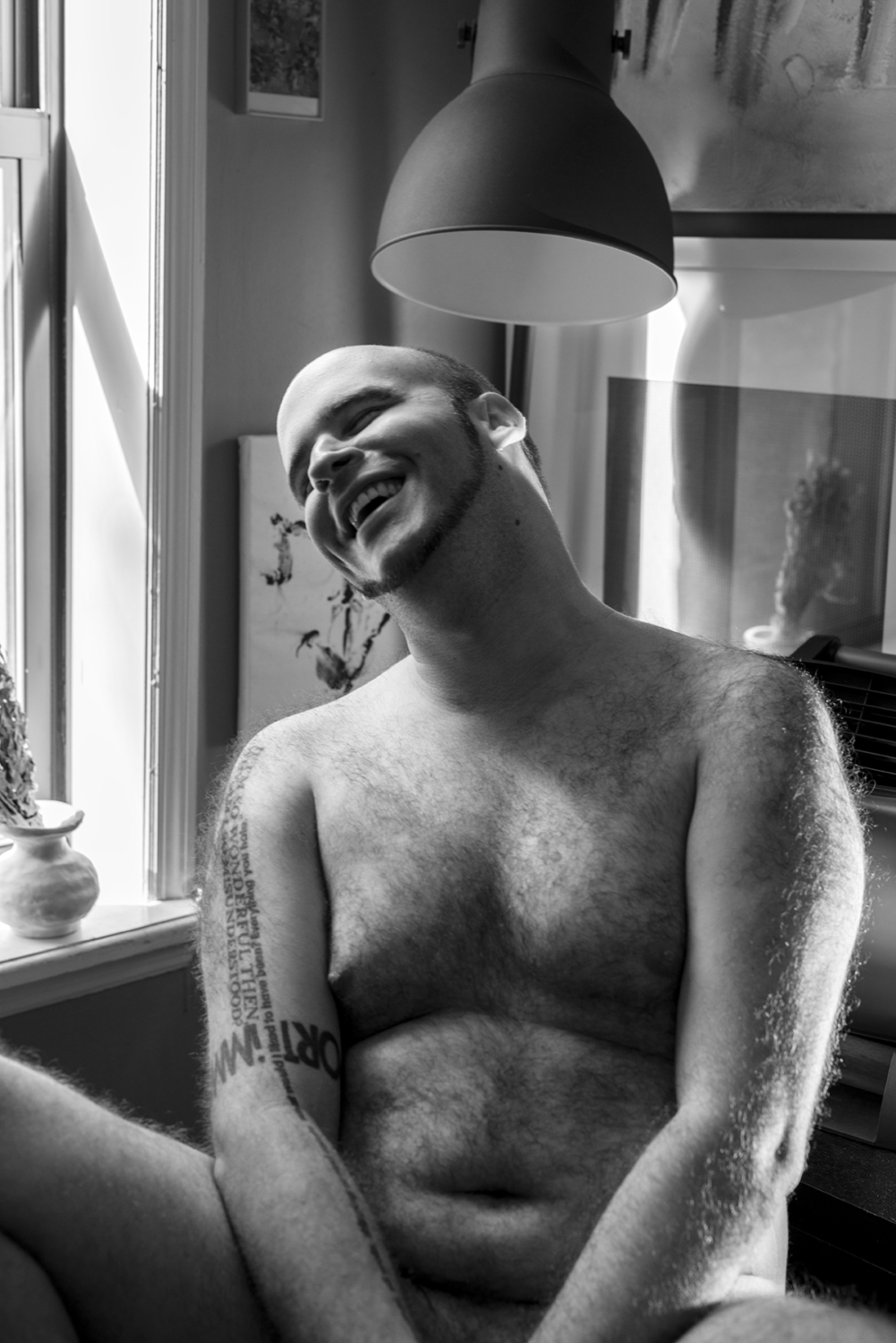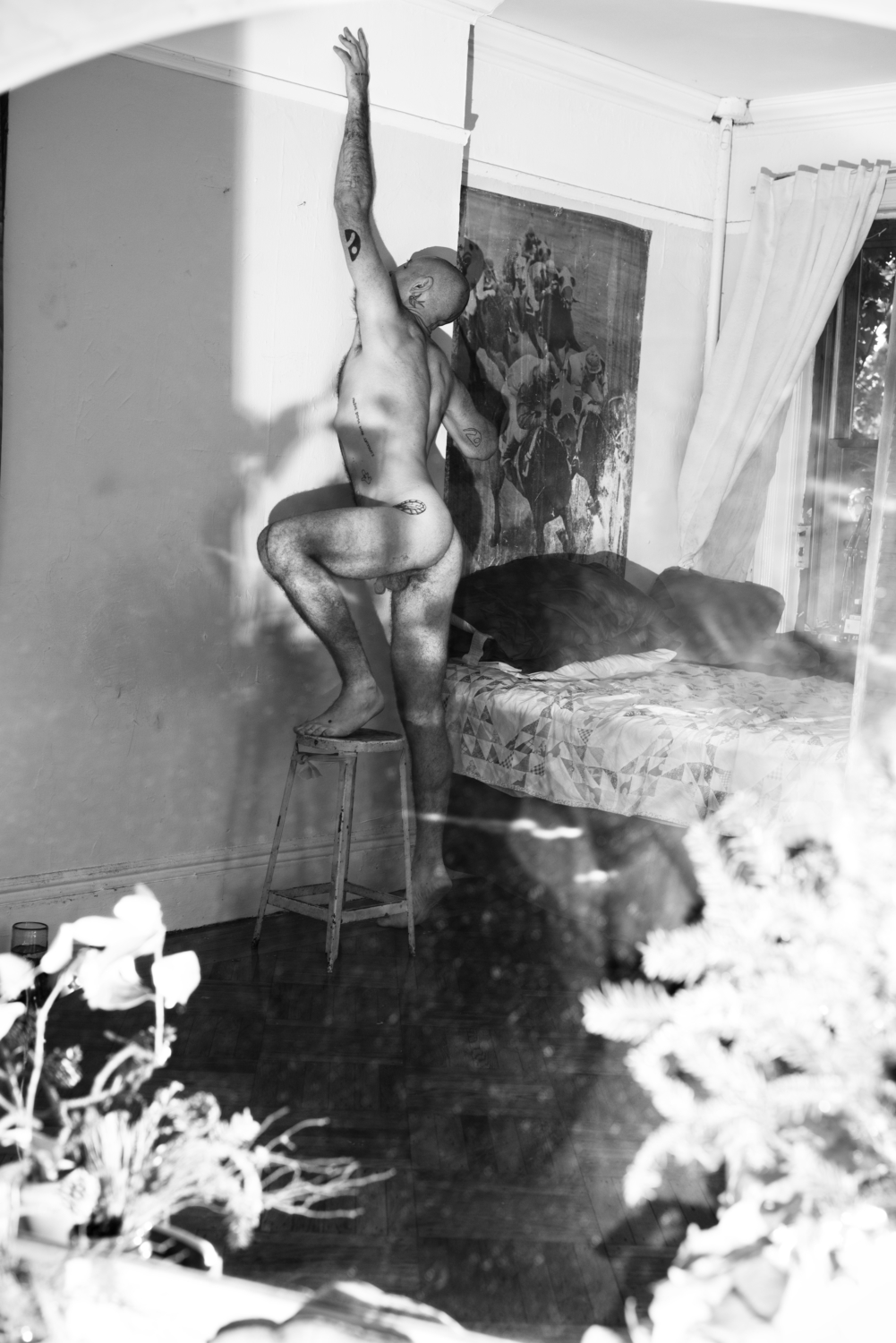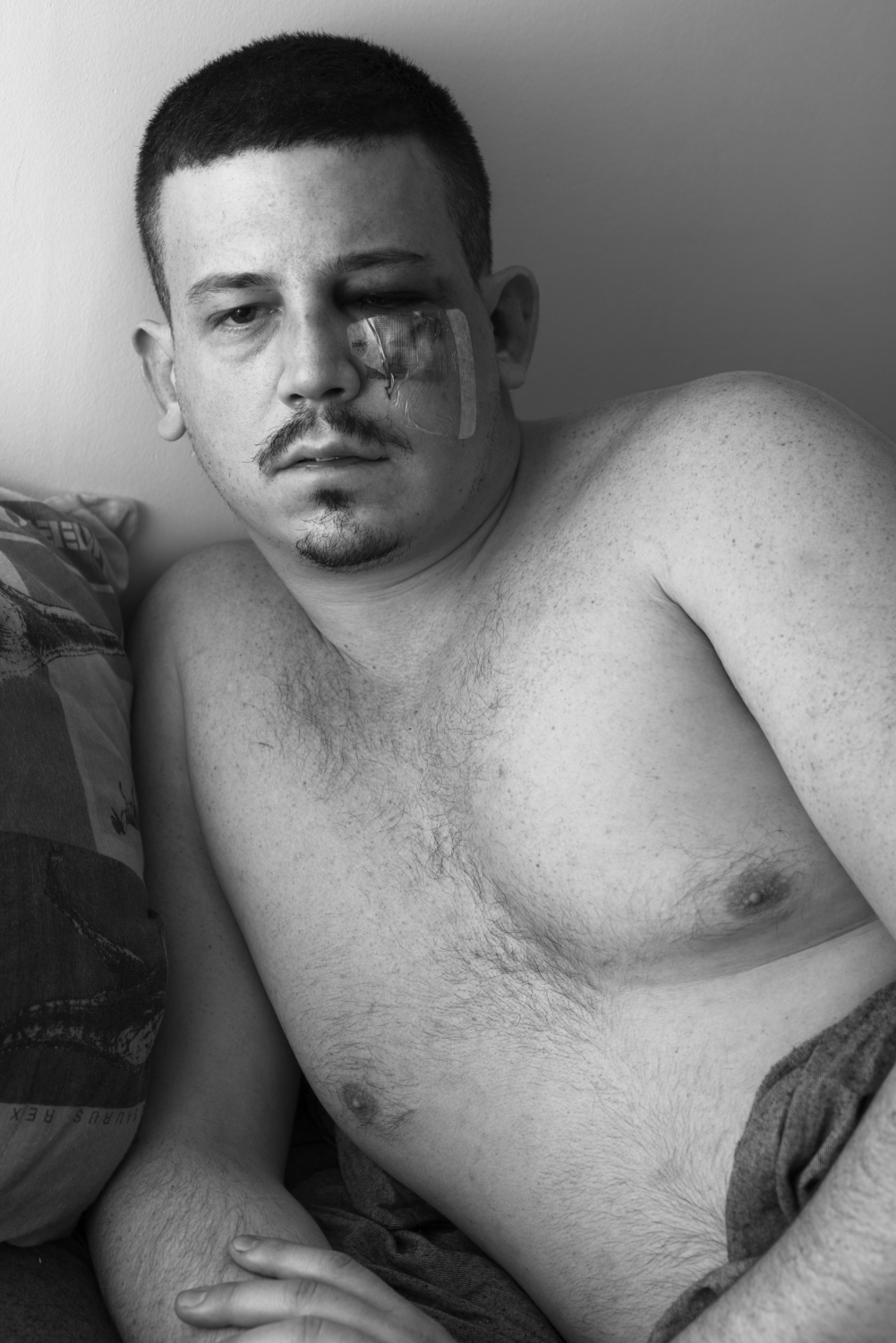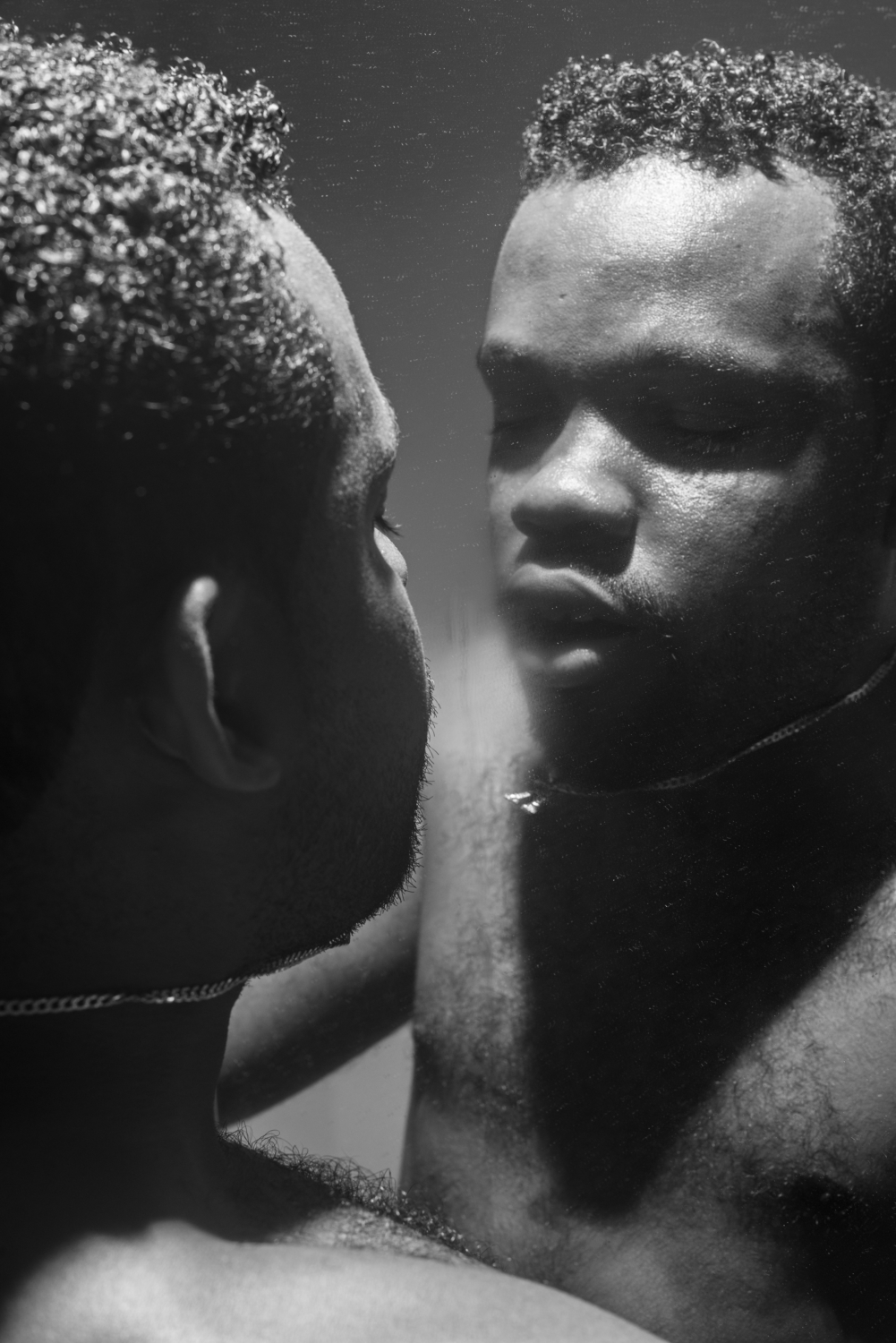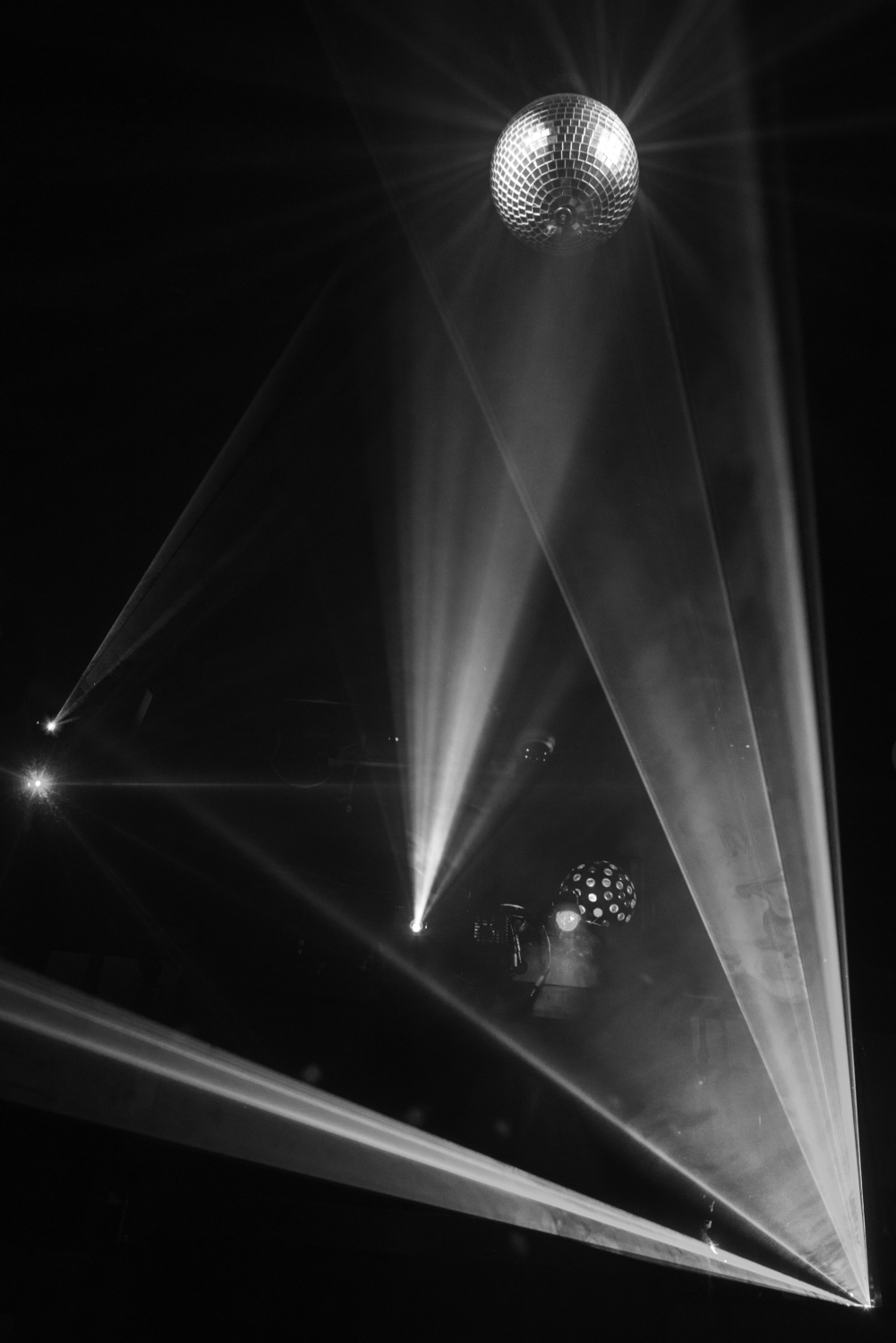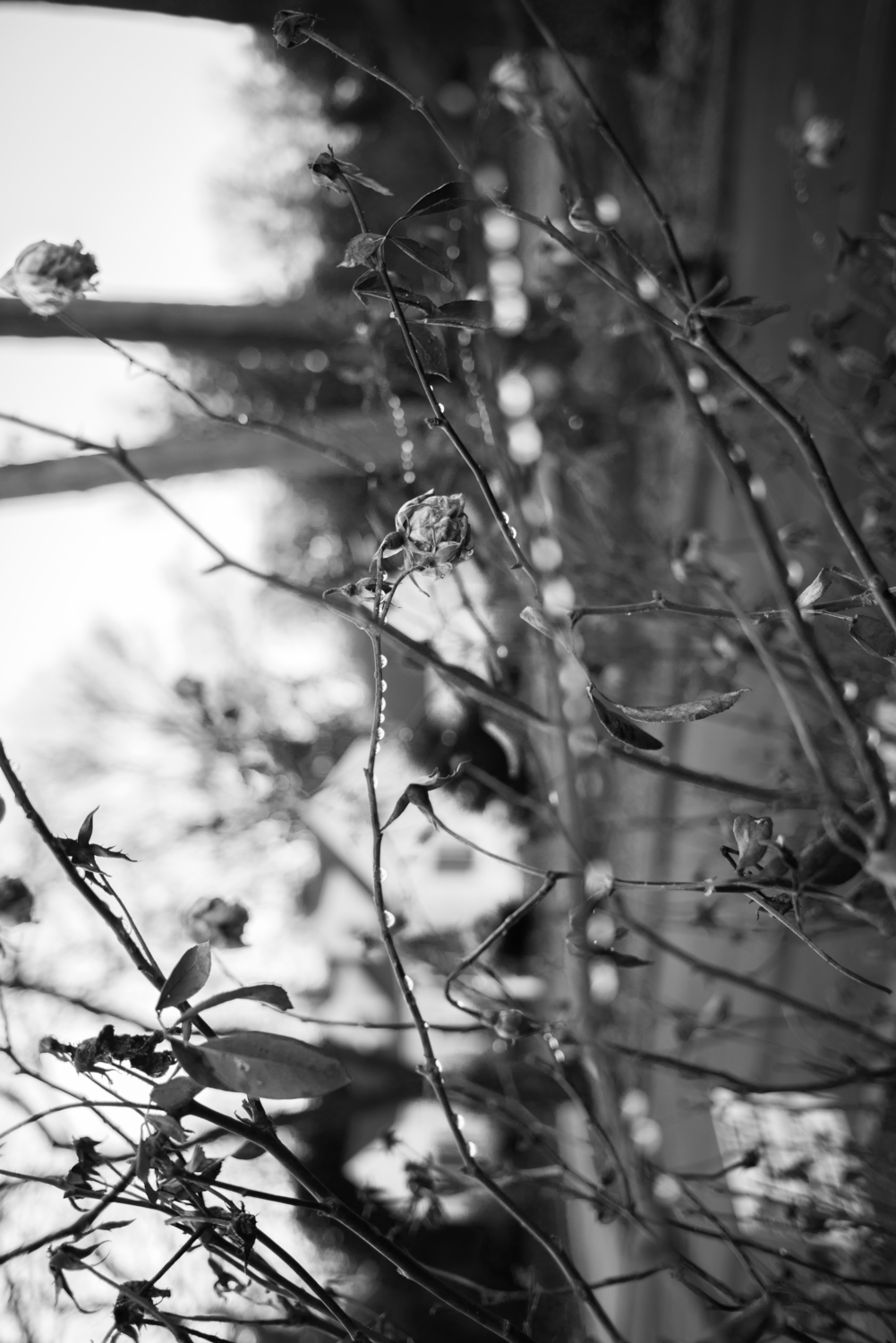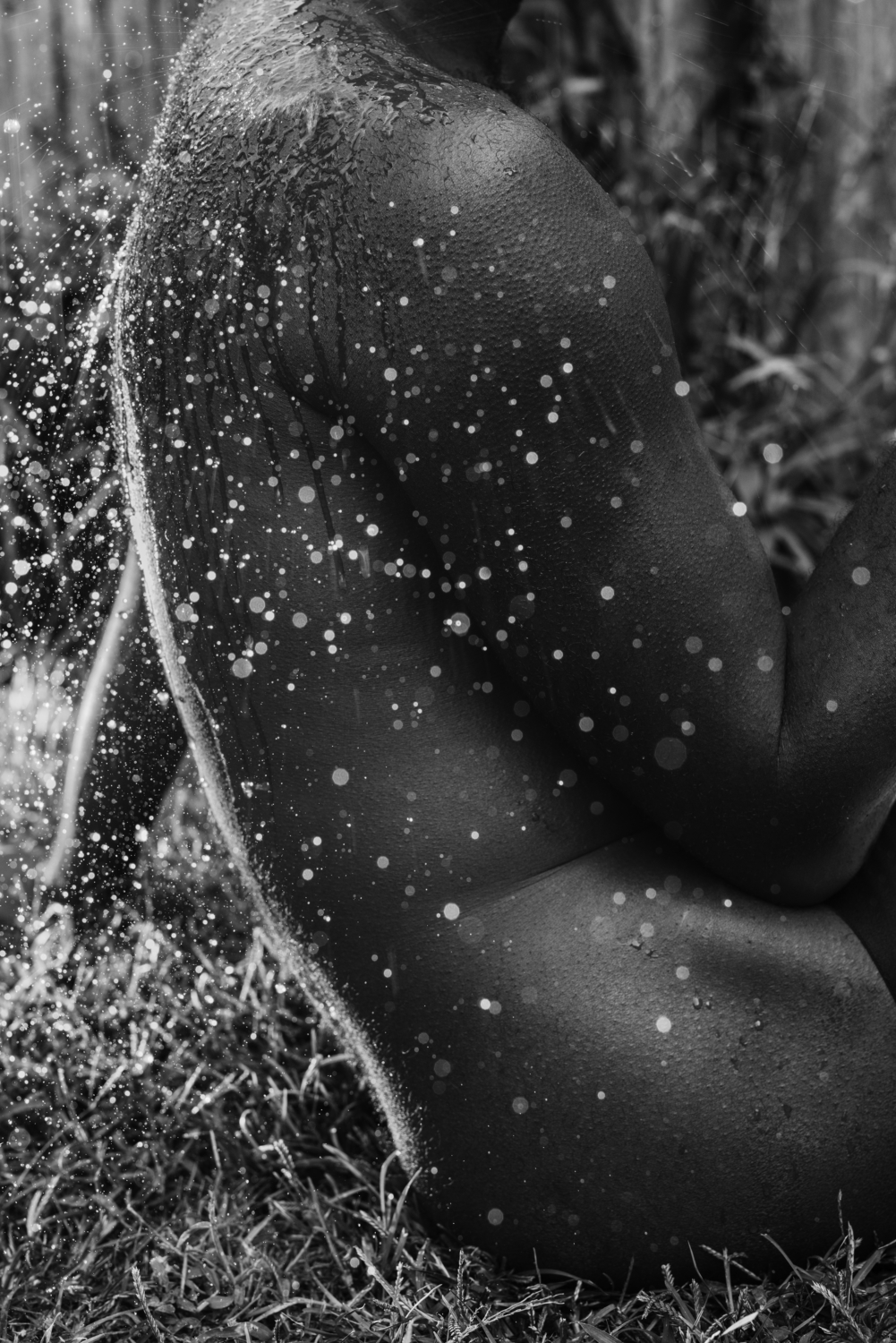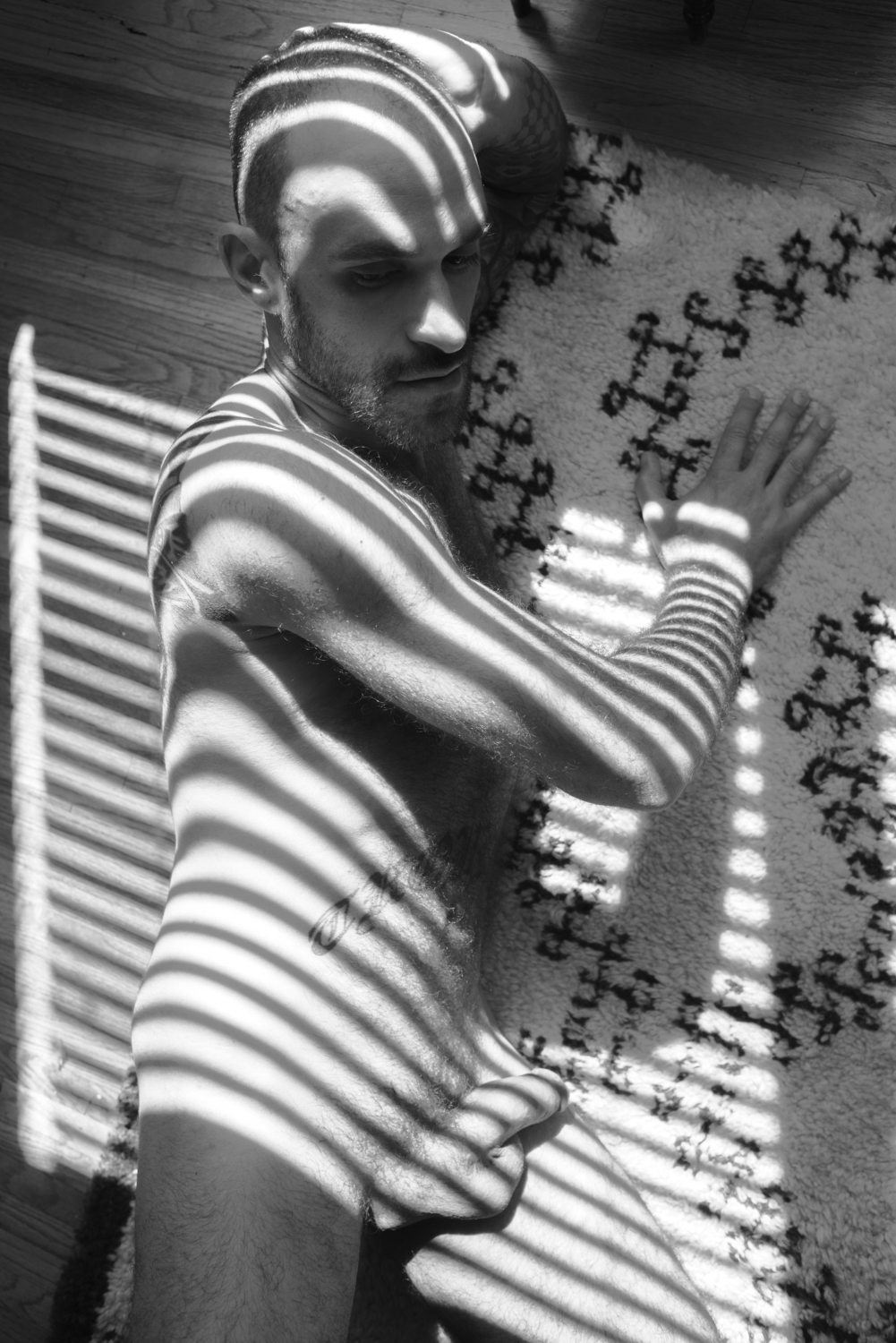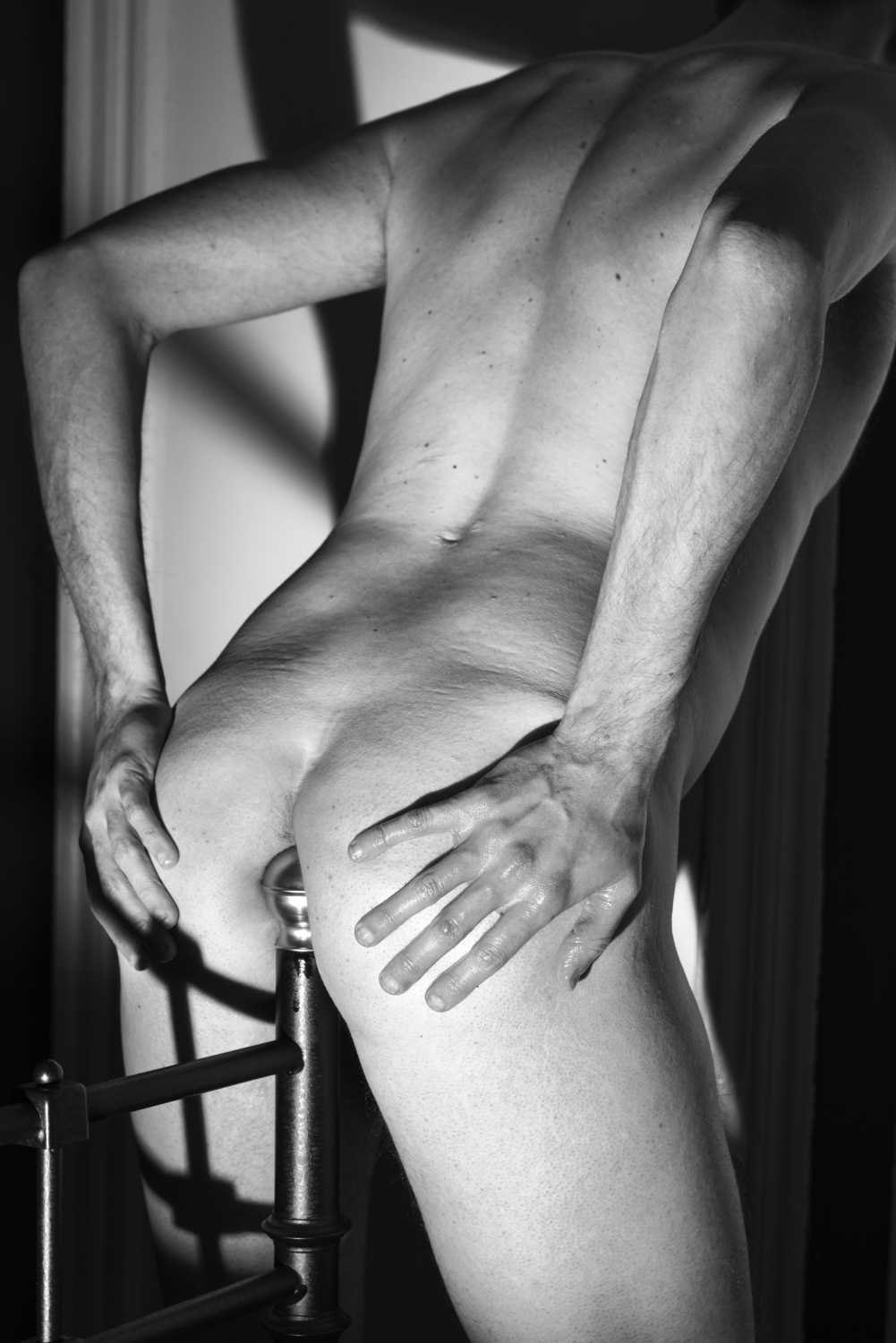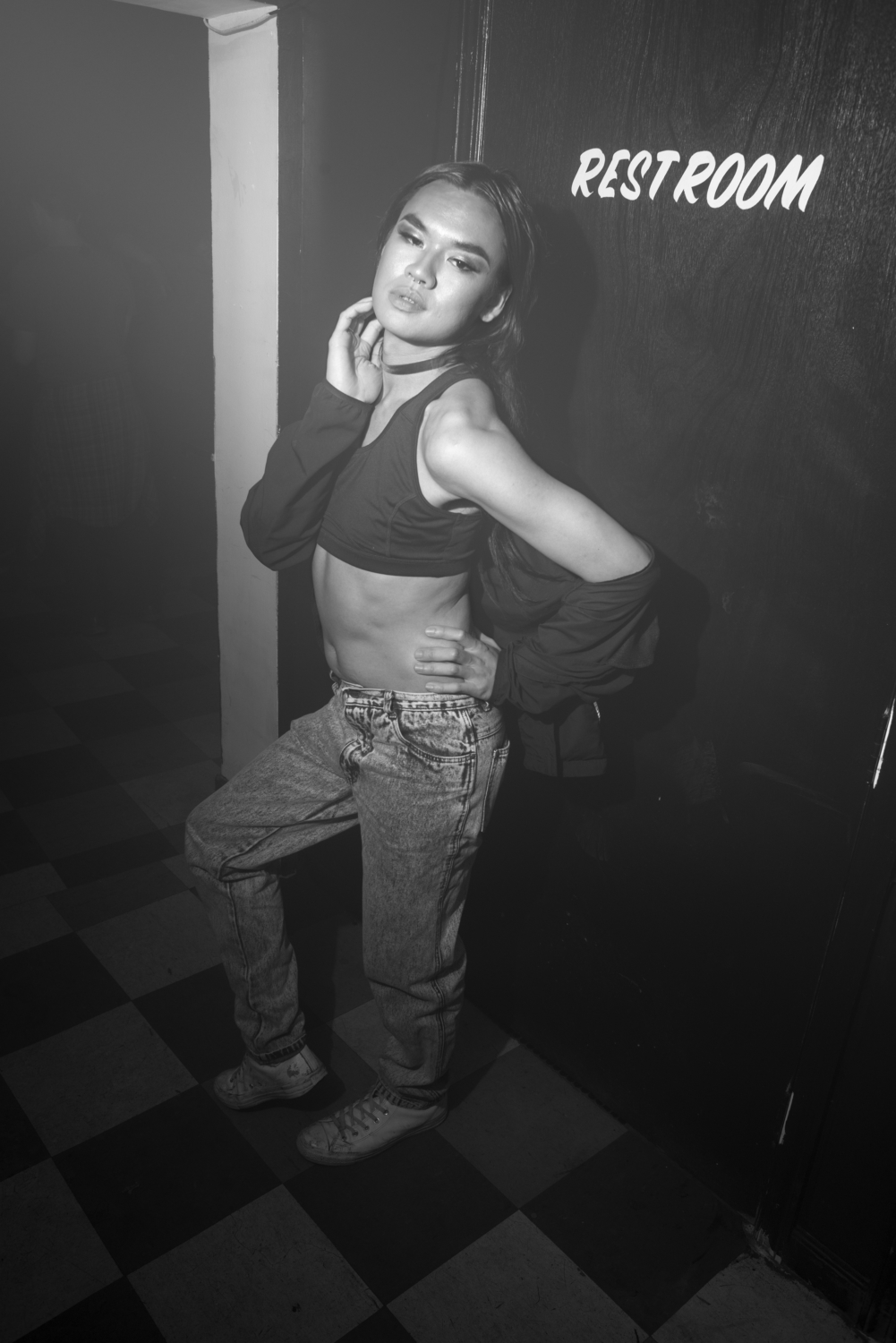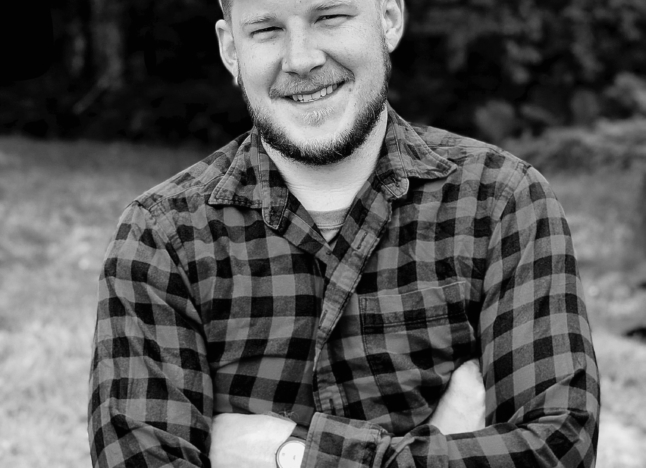Clare Steele
Artist Feature
Every week an artist is featured whose single image was published by Der Greif. The Feature shows the image in the original context of the series.
Bryson Rand - BRAVO DELTA ROMEO
Nov 06, 2019
As a gay man born at the onset of the AIDS crisis, I’ve struggled to comprehend the stories and contributions of those who’ve been lost to death and the closet. I make work that is a link between past, current, and future generations. Making photographs of the people and places I value is a political act that gives undeniable power to the collective experiences, social/sexual imaginations, and histories of Gay and Queer communities. I believe, as David Wojnarowicz wrote, ‘…if I make something and leave it in public for any period of time, I can create an environment where that object or writing acts as a magnet and draws others with a similar frame of reference out of silence or invisibility’. By demanding visibility through my work, I celebrate Queer people’s history and vibrance while acknowledging the obstacles we face. I make photographs in public and private spaces that act as Queer havens. Photographing bodies within these spaces acts as proof of our individual and collective existence while creating a photographic world that operates outside of oppressive societal norms, or what Wojnarowicz called the ‘pre-invented world’.
While making the images that became BRAVO DELTA ROMEO I was attempting to understand how my life and sexual desires, and those of other Queer men of my generation, were informed by a history of loss, shame, and disease connected to the AIDS crisis. The pictures express the slippage between unabashed desire, and grief and shame, and were an attempt to imbue the present with the energy and spirits of the past. Images of dense plant life establish shifting psychological states, while opening the potential for human interaction within them. It was through the process of making this work that I was able to grieve the immense loss of so many Queer forefathers and mothers, while recognizing the immense beauty and joy that I have experienced through intimate interactions with other gay men.
Artist Blog
The blog of Der Greif is written entirely by the artists who have been invited to doing an Artist-Feature. Every week, we have a different author.
Published in:
»Der Greif #12«
Concerning Water
Nov 12, 2019 - Bryson Rand
Since childhood I have been drawn to water. When I was eight years old I joined the swim team and being the pool became offered quiet and solitude, a space where I could lose myself in the rhythms of swimming laps for hours and let my mind wander off. The physicality of water is an ever shifting fascination; at times it inspires calm, at other times terror, and has been a consistent subject starting with my first attempts at photography as a teenager. Beginning as something I was instinctually drawn to photograph, water has become a physical and symbolic presence in my work. Water as a life force, something essential to our existence, is ever present, and I have recently become fascinated with the power of water to transform literally and through the nature of photography. Appearing as chunks of an iceberg in Iceland, mist thrown into the air from a water fall, washing down the back of a freshly shaved head, soaking into the sand and eroding the beach in Fire Island, or as an unseen element giving life to trees, water represents the shifting, cyclical nature of life. While it serves as a reminder of humans’ connection to the planet and our desire to constantly move forward, water also embodies the anxiety I feel around the rapidly escalating destruction of our climate and ecosystems. I feel the need to photograph places like Fire Island and Iceland, and attempt to capture the magic and history these space contain, as a way to document and preserve them before they are irreversibly altered or destroyed all together.
Skowhegan
Nov 11, 2019 - Bryson Rand
This summer, I attended the Skowhegan School of Painting and Sculpture, where my work began to shift and expand in exciting ways. Living and working in rural Maine with sixty four other artists for nine weeks gave me access to a new landscape and group of people to photograph, as well as an influx of inspiration and exchange of ideas about art making. I came into the residency with renewed interest and questions about the ways portraiture and images of the environment/landscape could operate together to create a compelling photographic world. Moving away from choreographing interactions allowed me to foster situations that allowed people to choose how to present themselves and what to reveal. Intermixing images of the environment alongside portraits allows for expansion of the imagination and potentiality; grounding the bodies in a space that is at once familiar and full of mystery. Through these pairings I became fascinated with the ways light, water, and atmosphere can transform how people are viewed and transfer something of their presence and power onto bodies.
Michael (Provincetown)
Nov 09, 2019 - Bryson Rand
While I have frequently photographed people close to me, I have not always considered the resulting photographs to be portraits as much as they are pictures with people in them. I often approach picture making with an idea for a picture in my head, be it a mood, a gesture, an interaction, and I direct the situation with that specific idea in mind. While I always allow for chance and the uniqueness of the person or people I photograph to inform the pictures I make, I began to realize photographs made in this way did not reveal something specific and unique about the lives, presence, or experiences of the people in my pictures. I began thinking about what it means to make a portrait, and more specifically what it means to make an emotionally and photographically compelling one. What is it about work by Diane Arbus, Peter Hujar, Dawoud Bey, Nan Goldin, and David Armstrong that made their portraits so compelling to look at and so full of life and familiarity?
While on vacation in Provincetown with my husband and a group of friends, I made this photograph of Michael while at a party on a houseboat. While the picture was casually made (I saw Michael in diagonal beams of light and called his name so he would look at me), it felt like a breakthrough in my understanding of how to make a portrait. Just as the artists I turned to for inspiration and guidance, this image has an aura of familiarity while maintaining a sense of mystery. I realized that the intention of a portrait was not to capture the fullness of the person being photographed, but to make an undeniable claim of the person’s existence, or to summarize Nan Goldin, to make a record of a life that couldn’t be revised.
Billy, Vincent, Kwasi
Nov 08, 2019 - Bryson Rand
Persistence is a quality I admire in the people I surround myself with and see take shape in many forms within Queer communities. When I photographed Billy in July of 2016, it was the first time I had picked up my camera to make work since the shooting at Pulse Nightclub in Orlando almost a month earlier, where almost fifty people were murdered, and more than fifty others were shot. Witnessing from afar a targeted attack against Queer people, and seeing other bigots emboldened by the attack locally, left me reeling. I questioned how far ‘we’ had come, as people so often say when discussing the lives of Queers in the United States, and how to fight back in the face of violence and hatred. Billy and I talked about the sadness and fear the shooting brought up in us and our friends, but we also spoke about the immense strength and perseverance Queer people have shown throughout history. When I first made this picture of him, I thought if it as an expression of frustration and desperation; literally climbing up the walls. But over time I began to see it as an image of hope and persistence. He is reaching for something that is almost within grasp, the stampede of horses representing a surge of activism and rebellion. The photos of Vincent and Kwasi contain the same spirit of tenacity and life force that runs through the Queer spirit and allows us to flourish in the face of hostility
Some Small Fever
Nov 07, 2019 - Bryson Rand
Some Small Fever comprises photographs I made between 2015 and 2017. After spending two years in graduate school concentrating my work on connecting to and understanding the past and its effect on my life, desires, and sexual encounters with other gay men, I began pondering ideas of release and how to give that sensation visual form. What does it mean to feel or experience release? Is it the same things as being set free? What are the forces I am attempting to be released from? While I continued to work in people’s home I began to make photographs in Gay and Queer nightlife spaces, which have an almost mythic status in the history and imagination of Queer folks as places of freedom and celebration of our culture and communities. Within both the public and private spaces I was able to make work in, I started to see the freedom we gave ourselves as Queers to break the arbitrary rules that have historically been placed upon us by a society that has not considered us worthy of care or protection. Given this freedom we have built communities rich with love and creativity, and have embraced the potential of our bodies to transcend the limits and expectations placed on us by oppressive forces.


